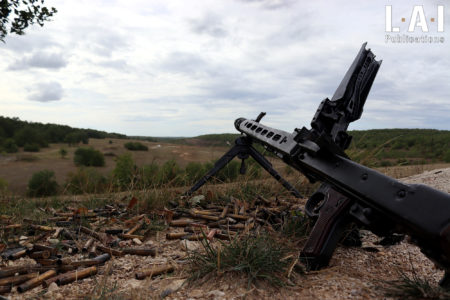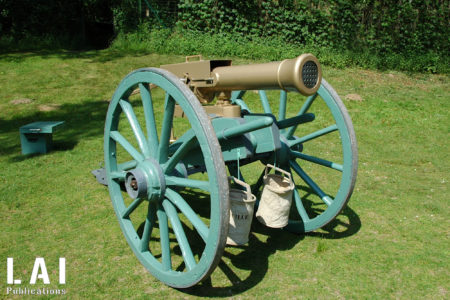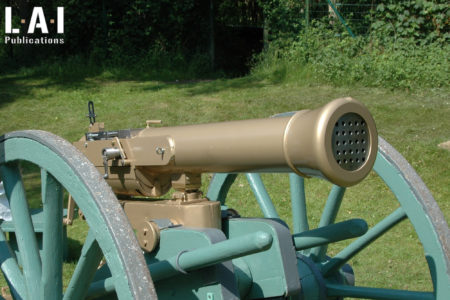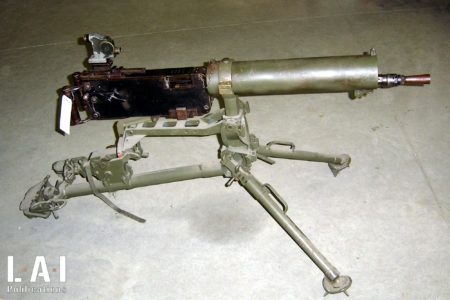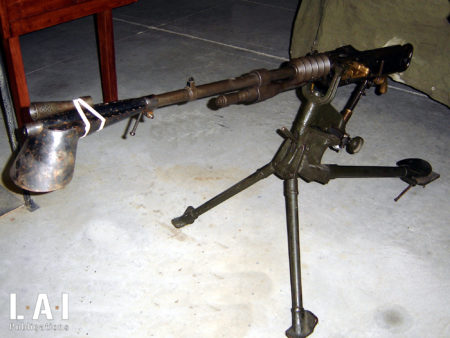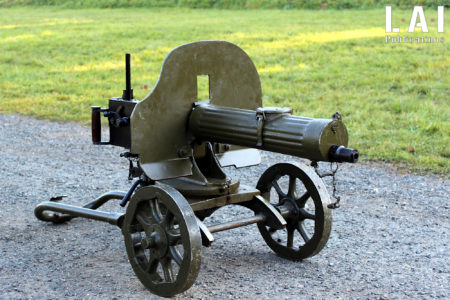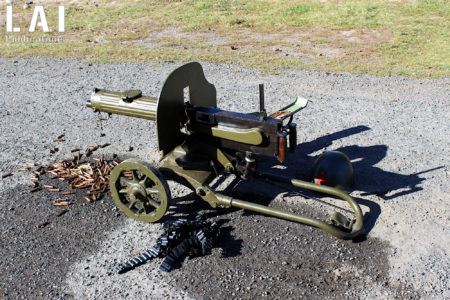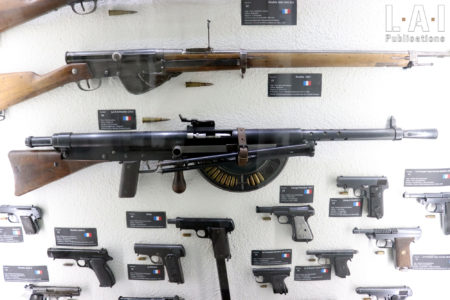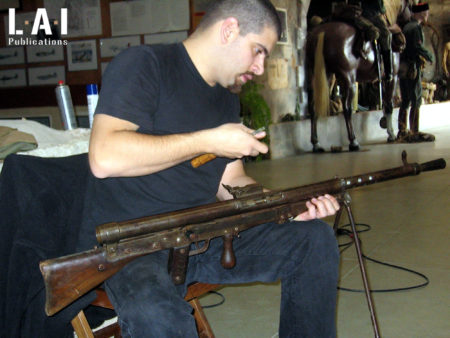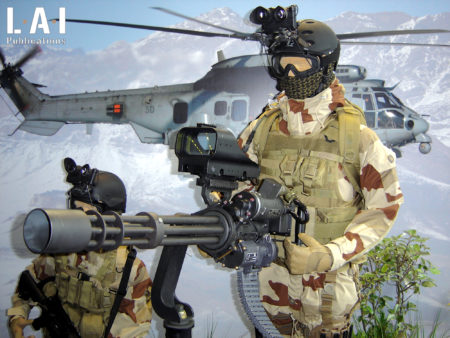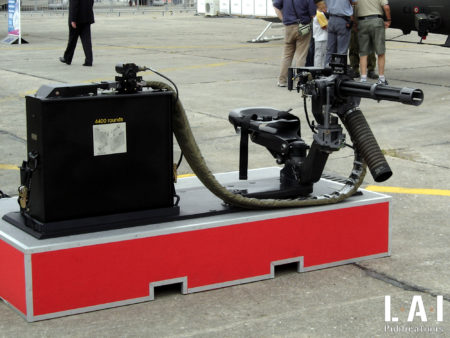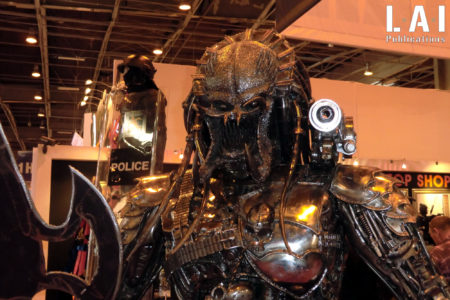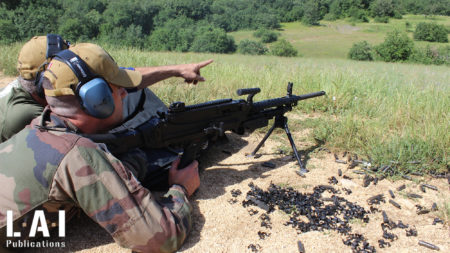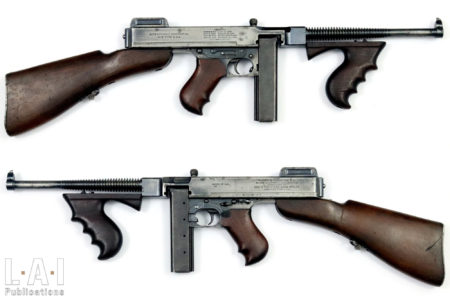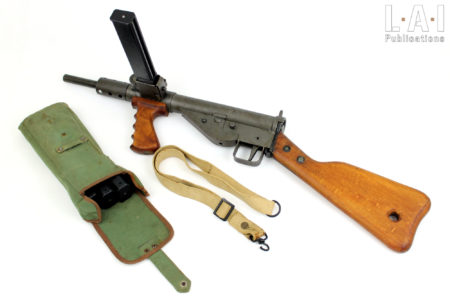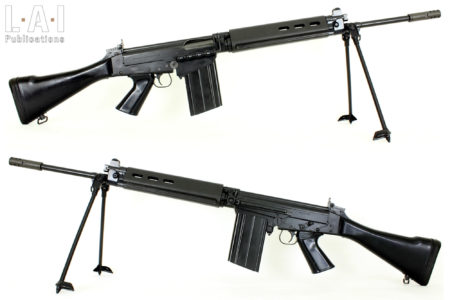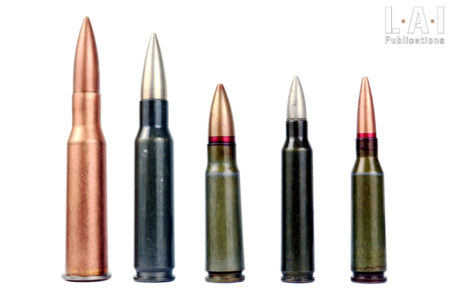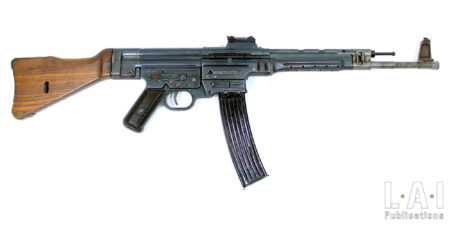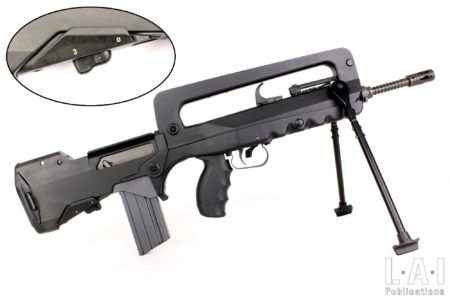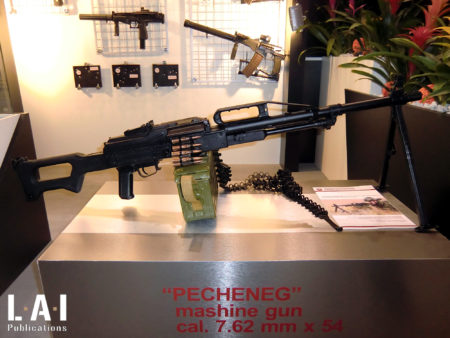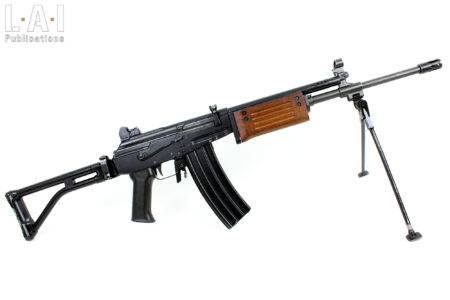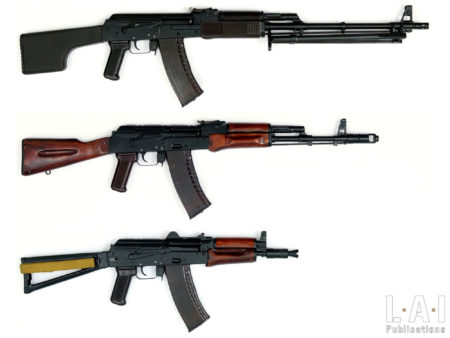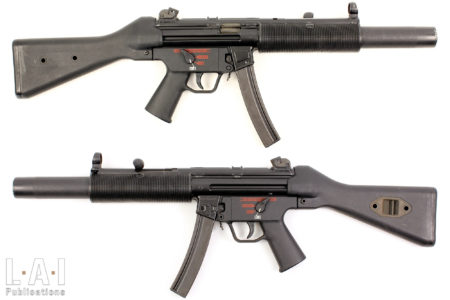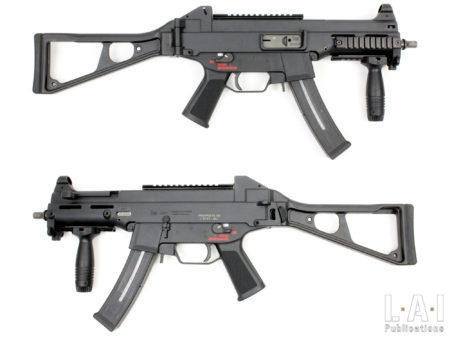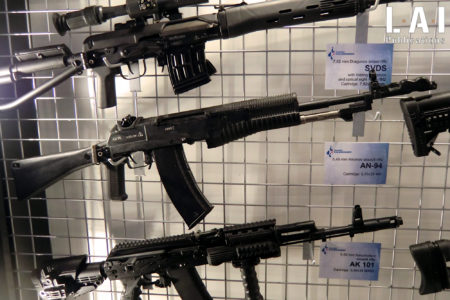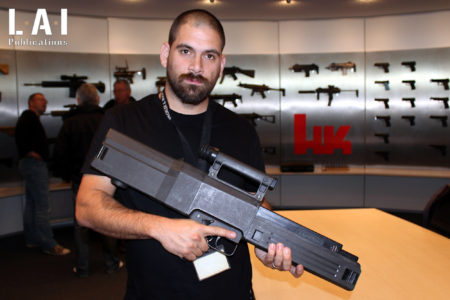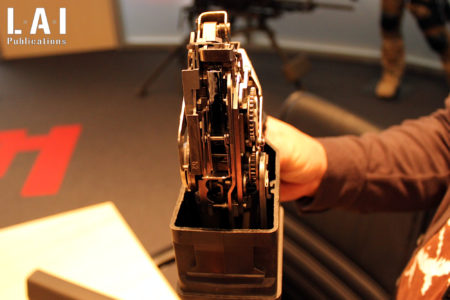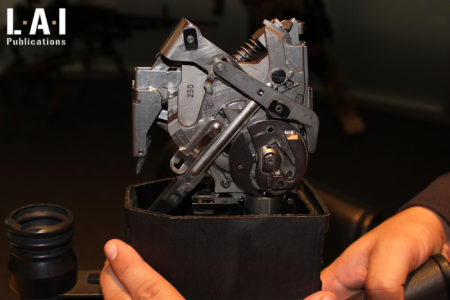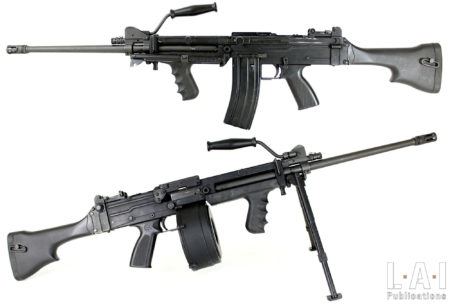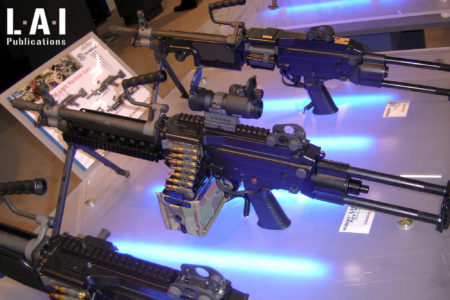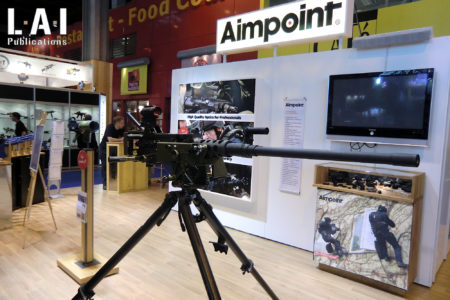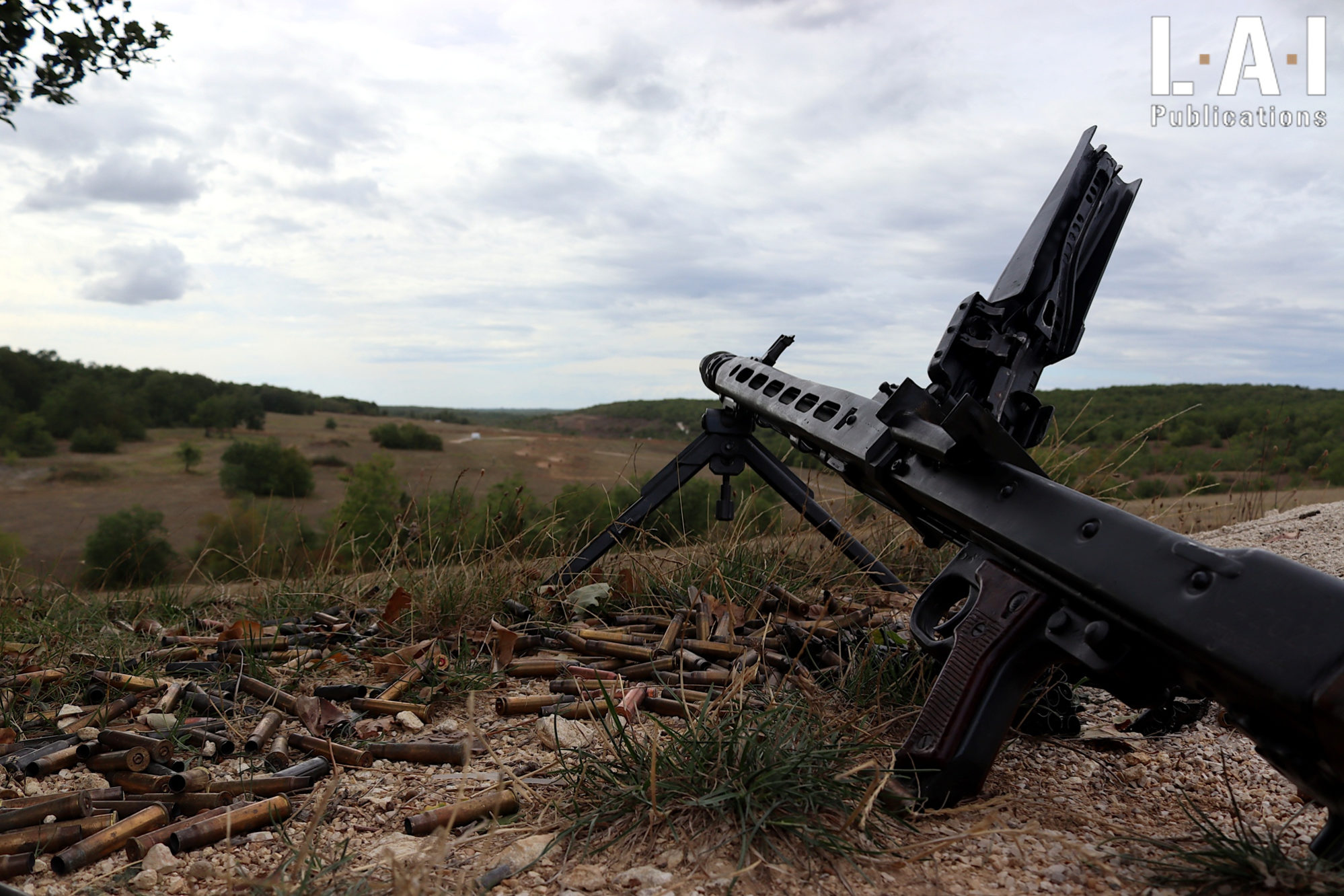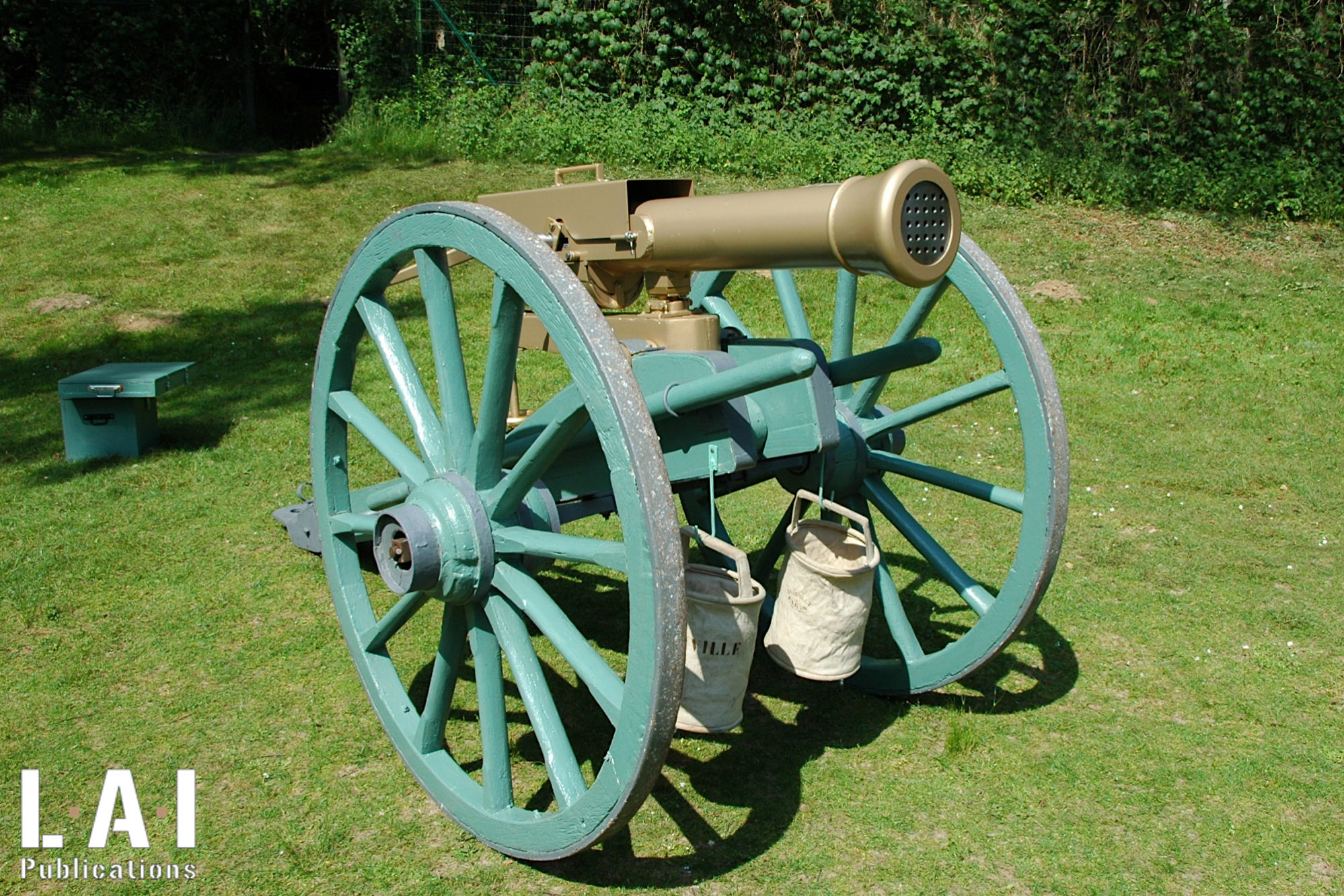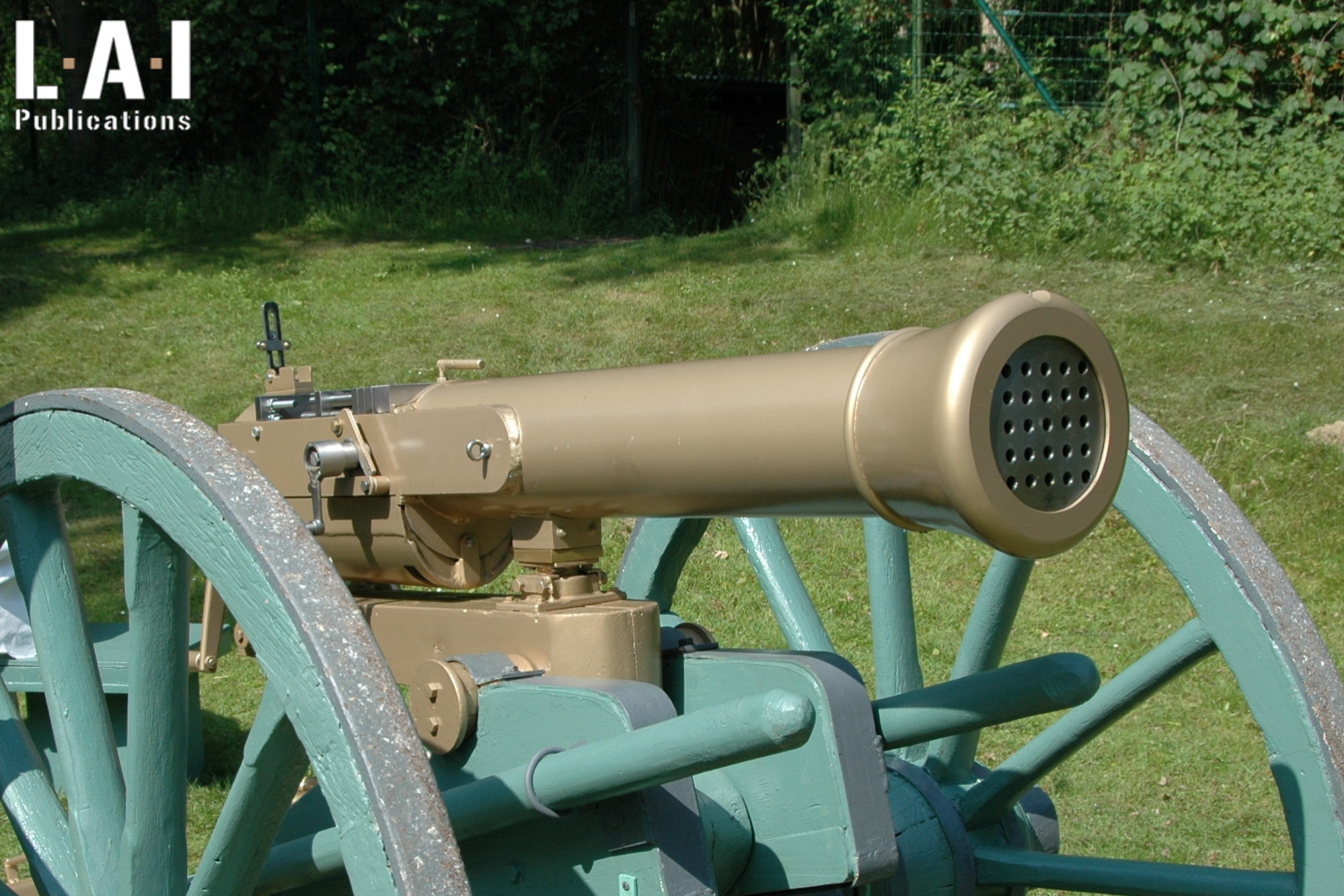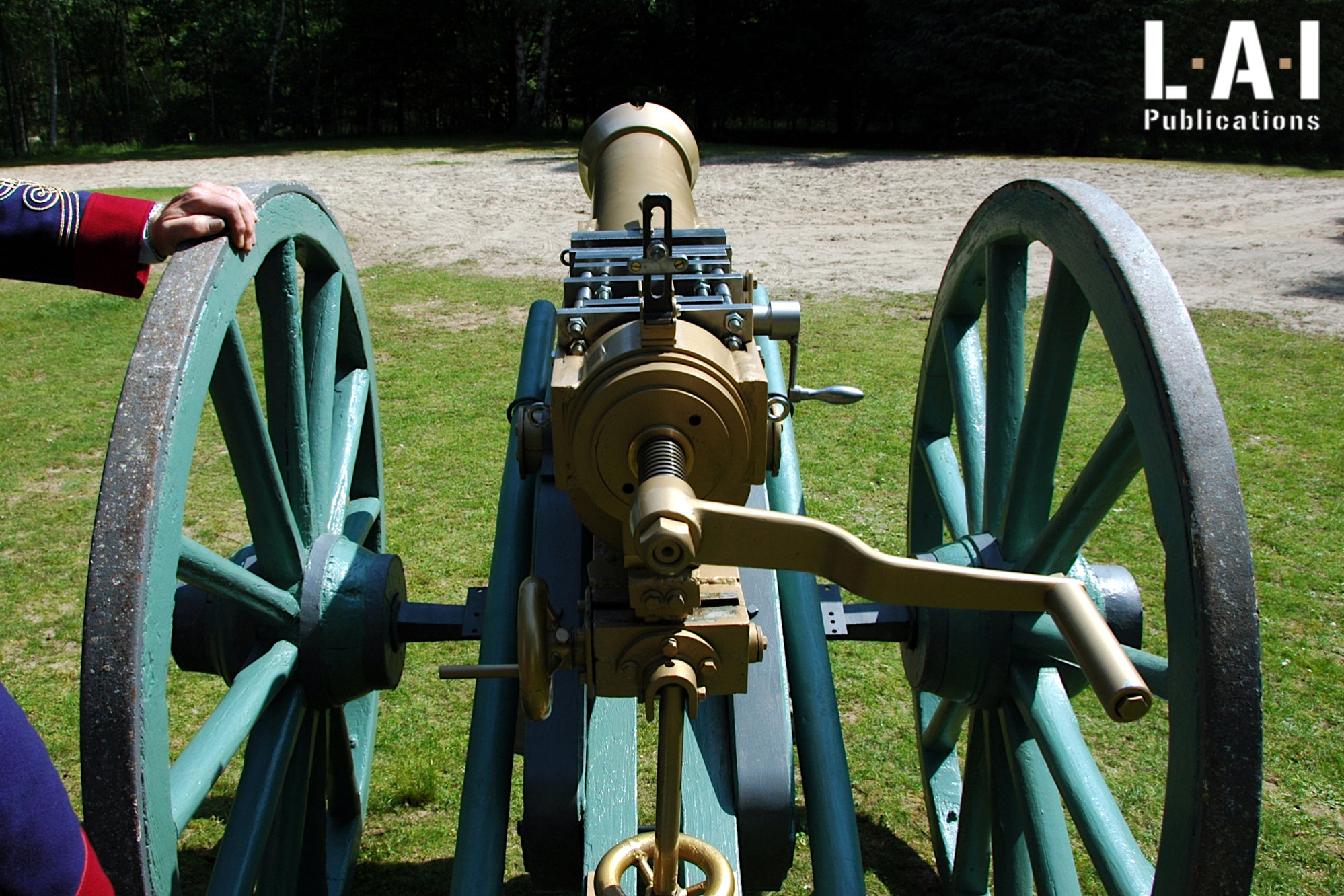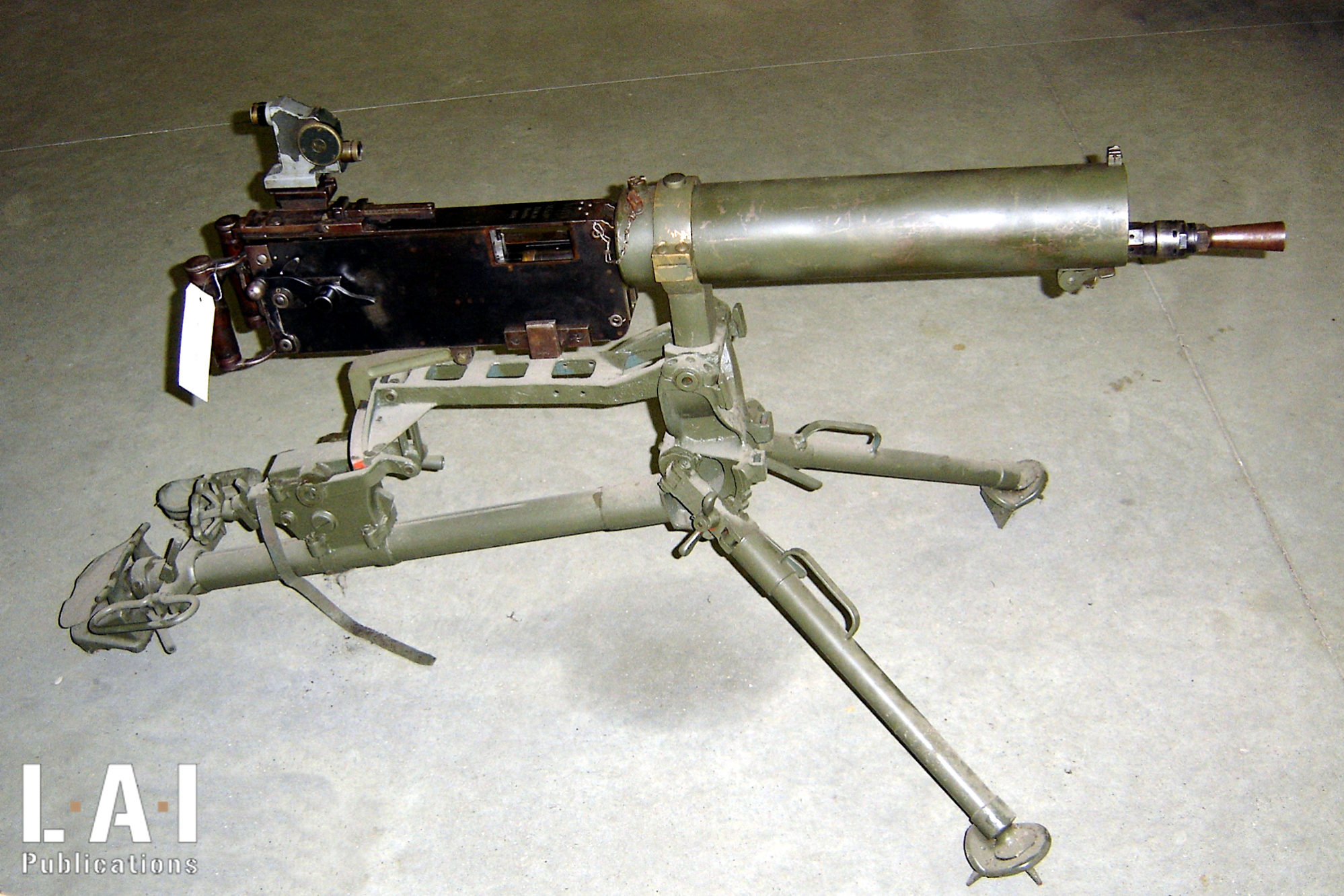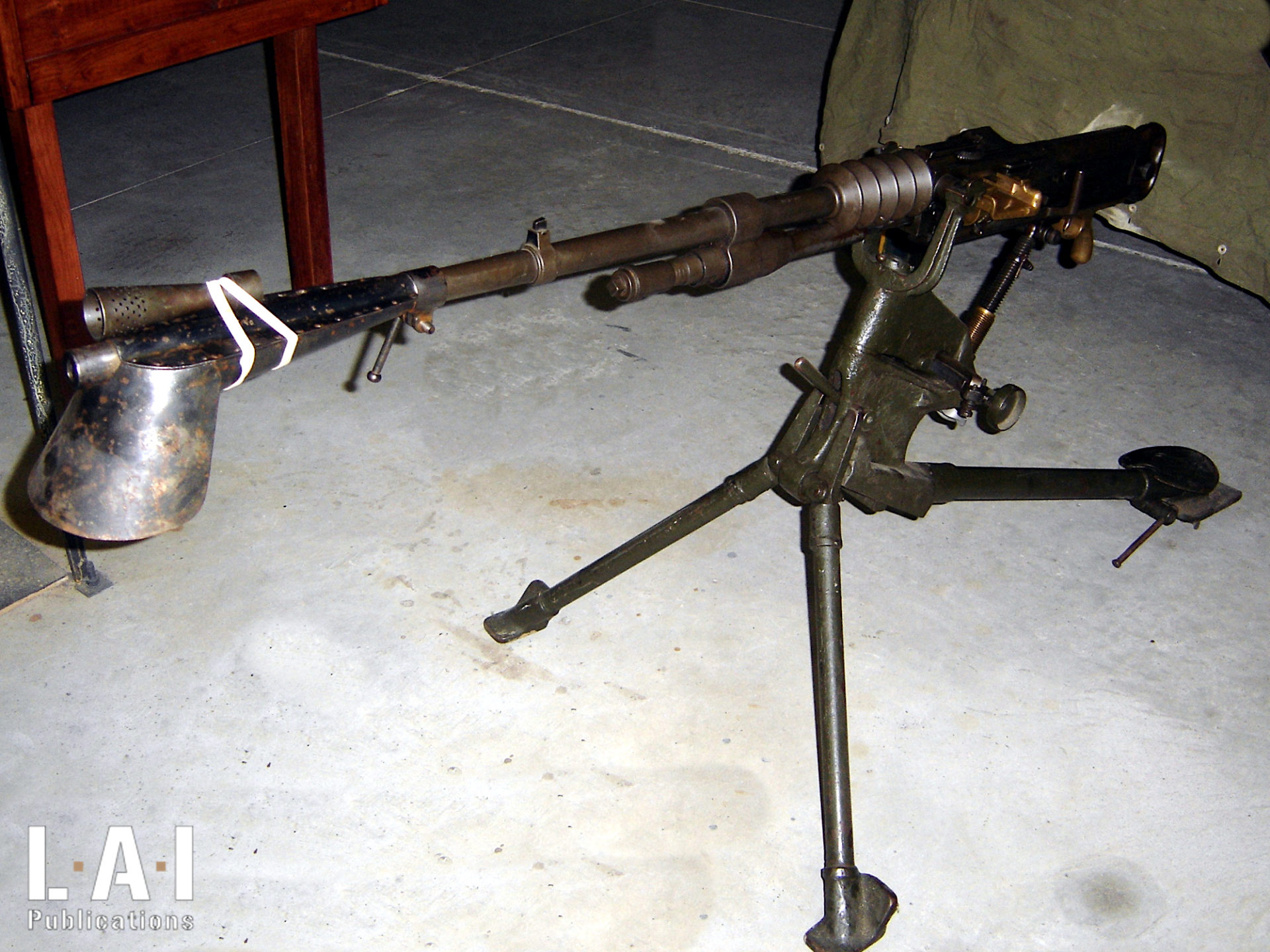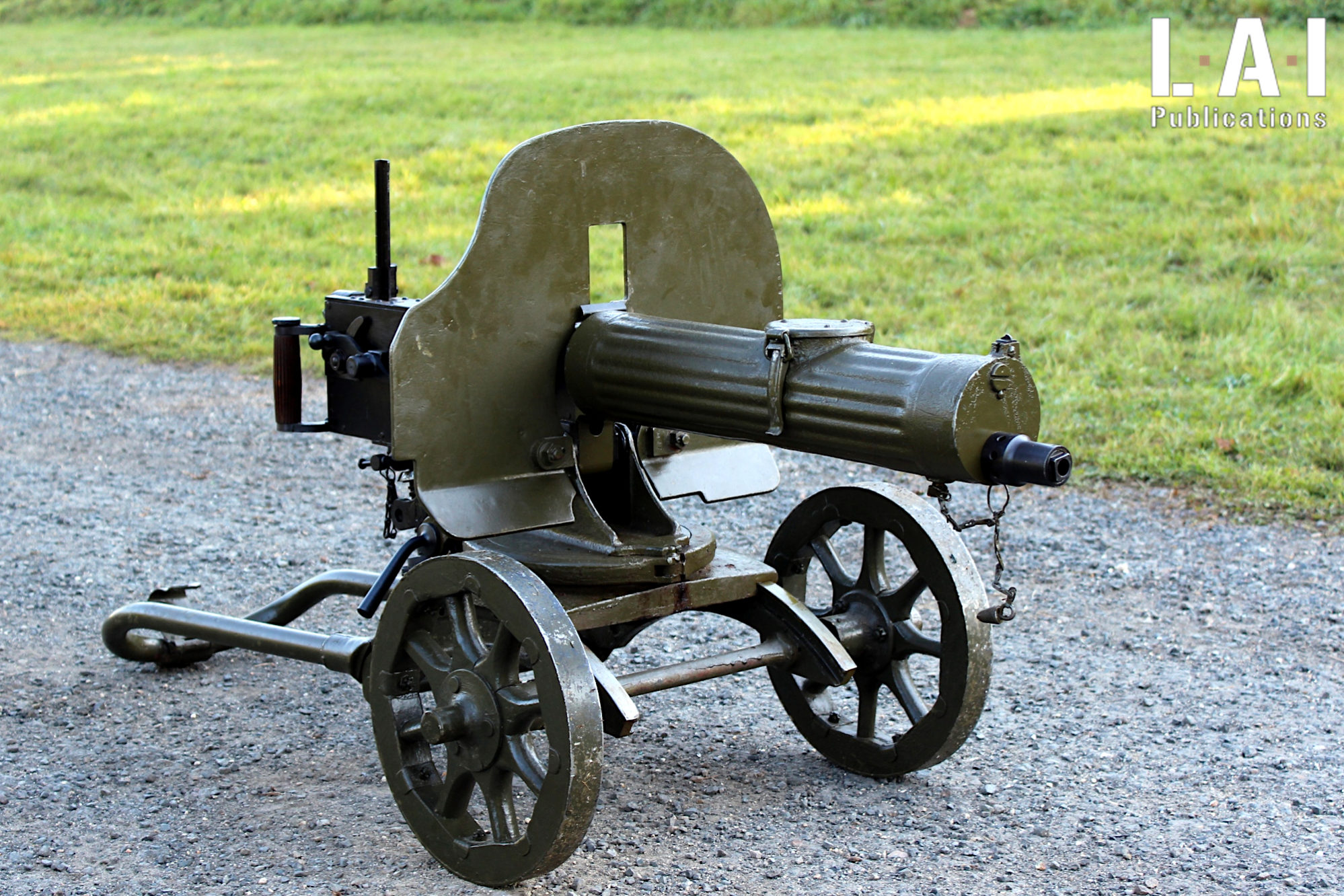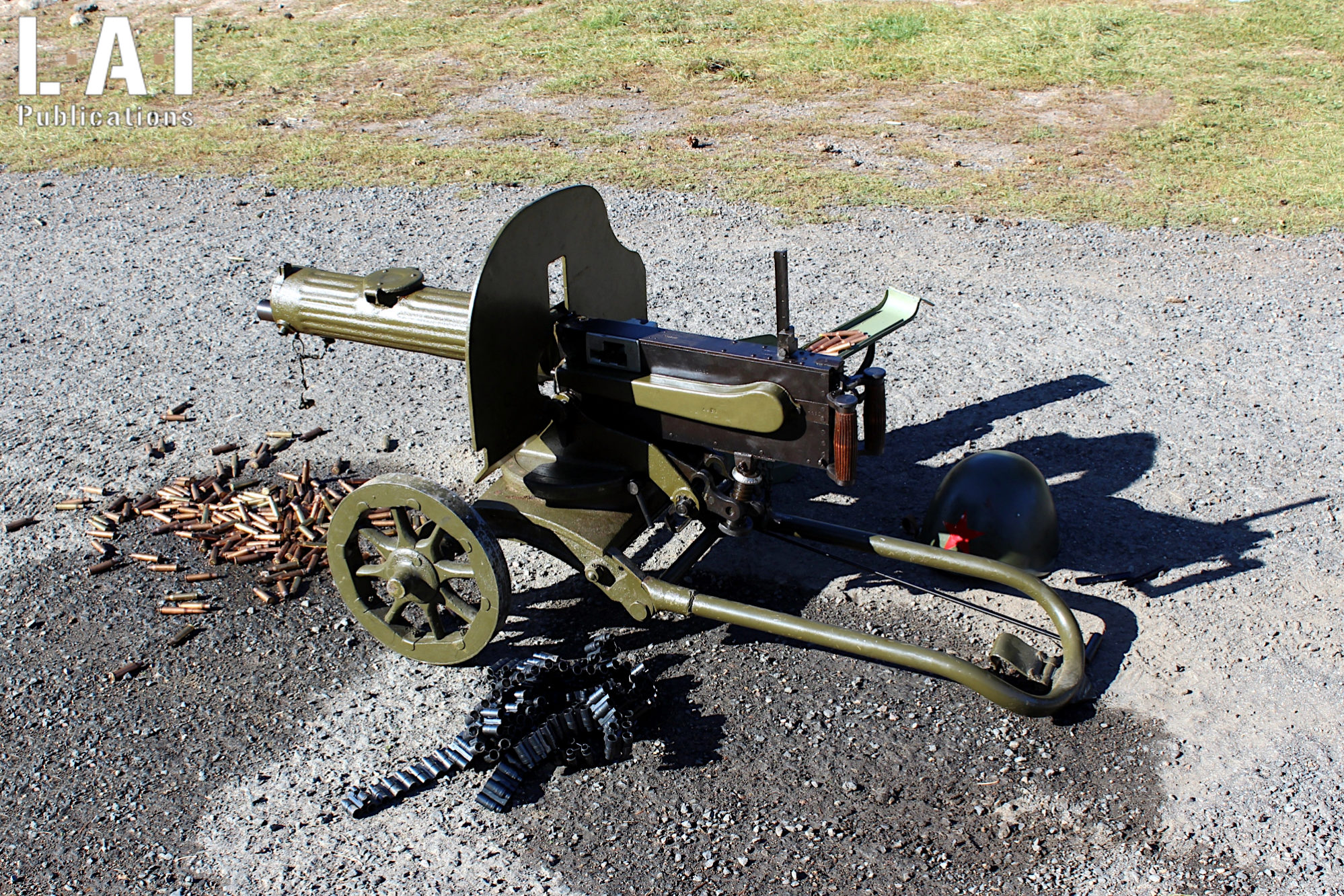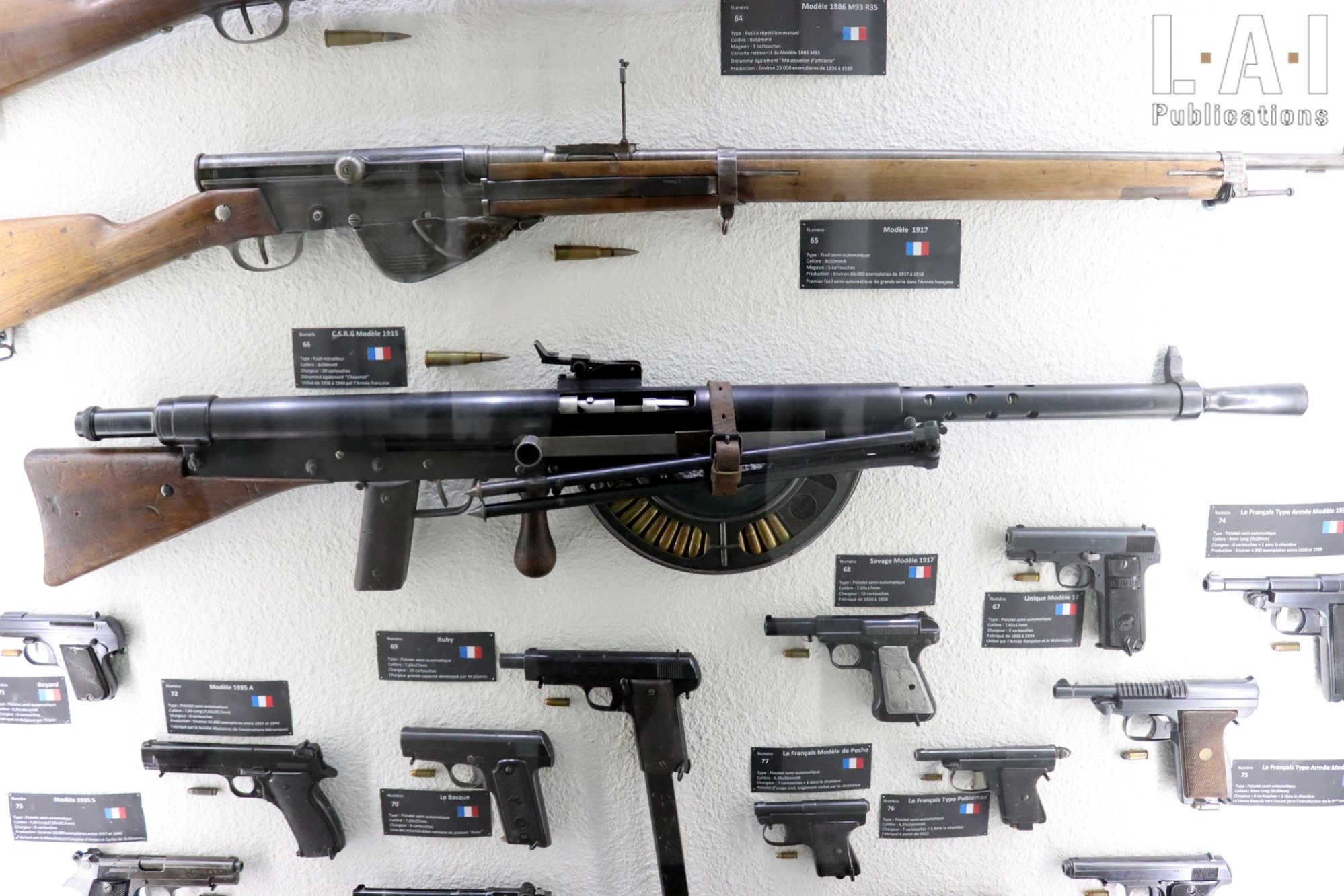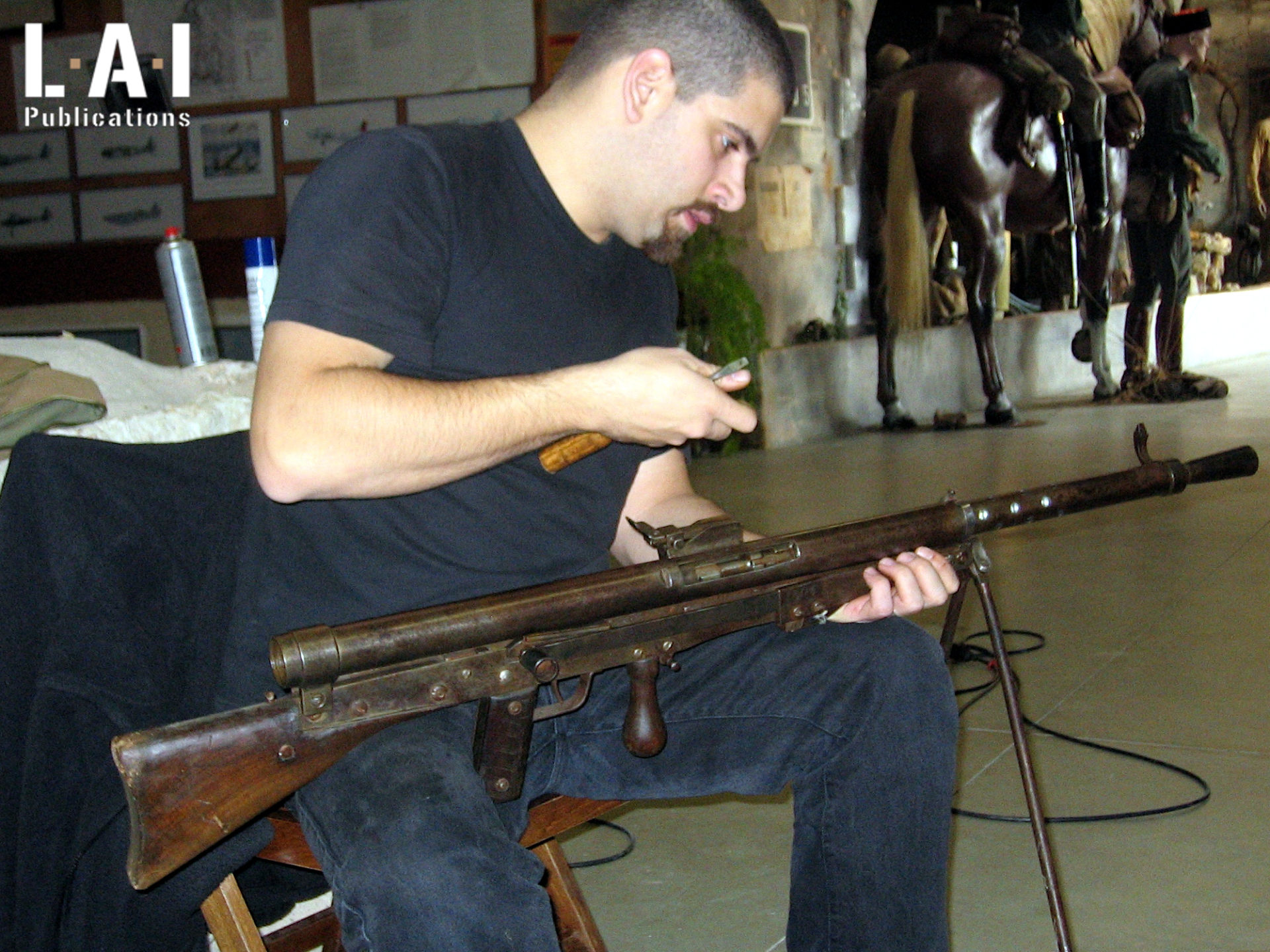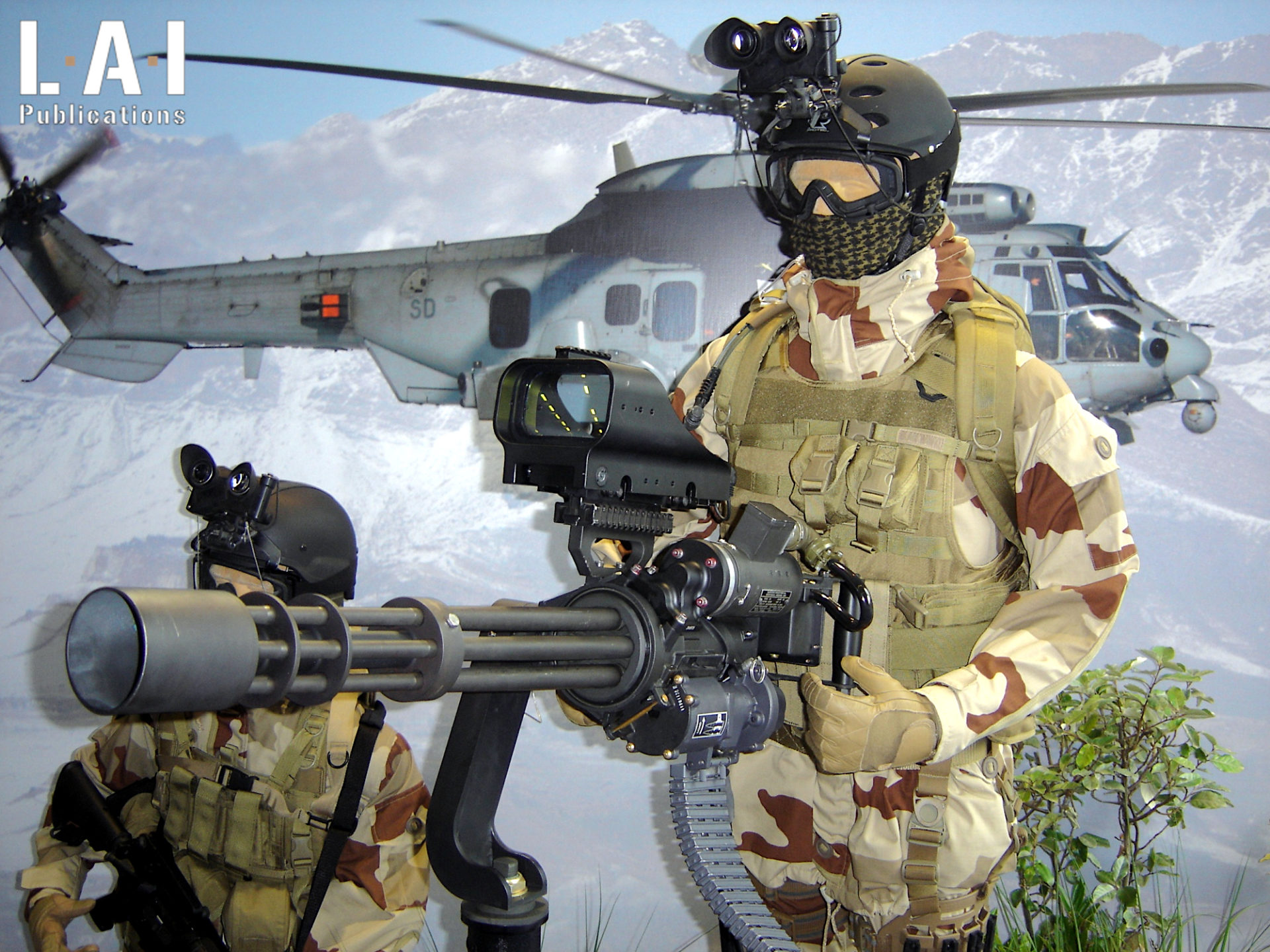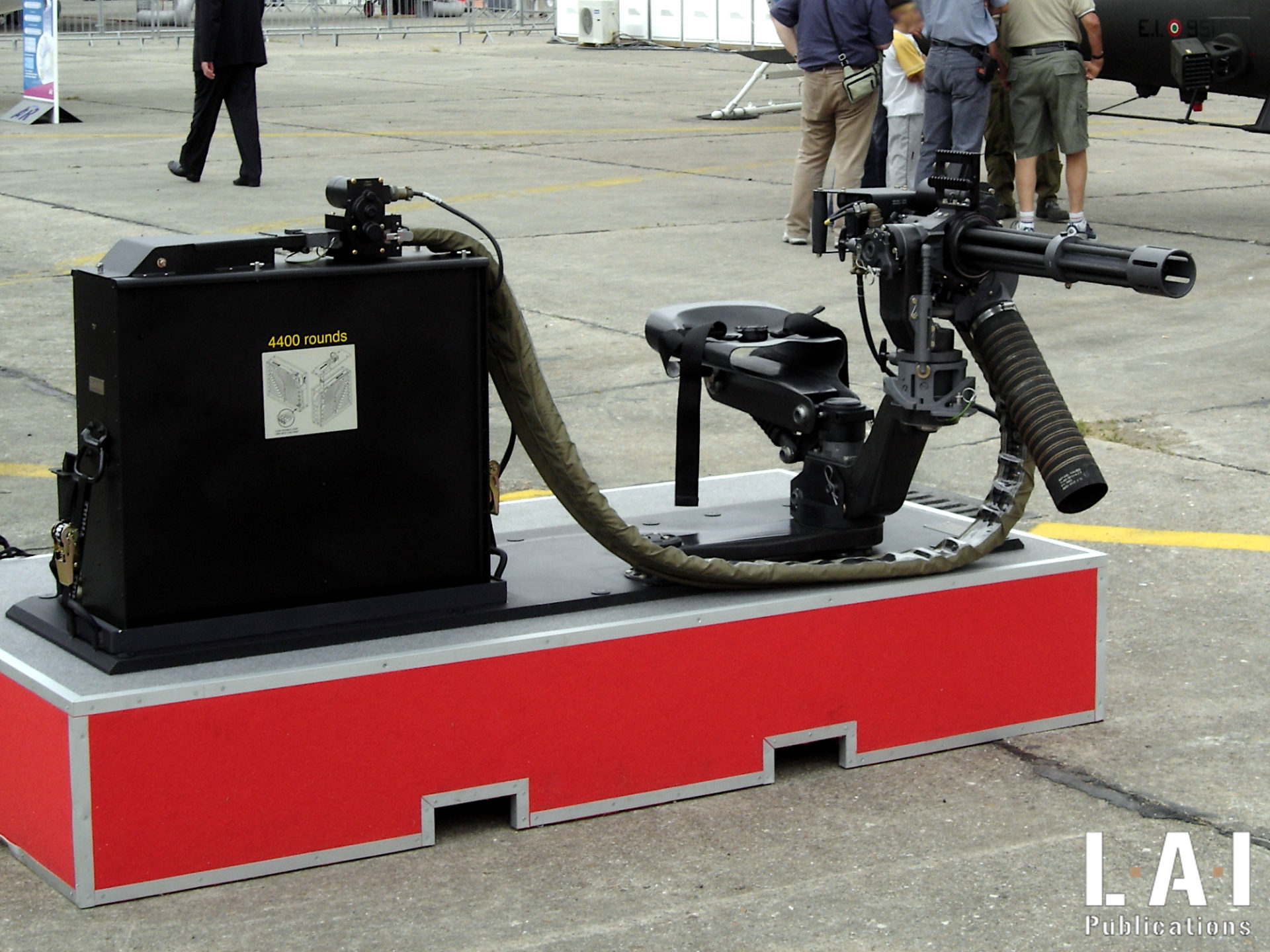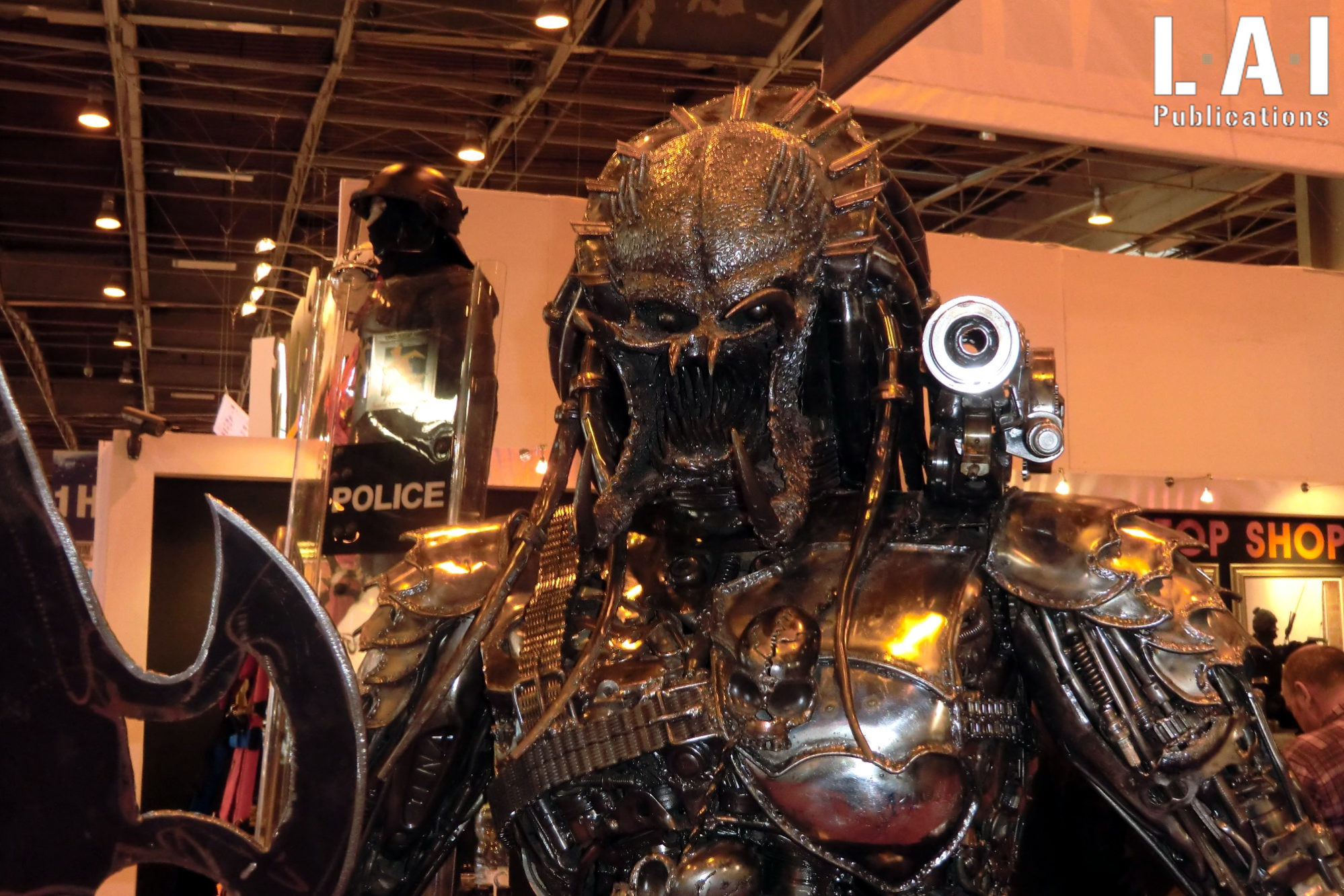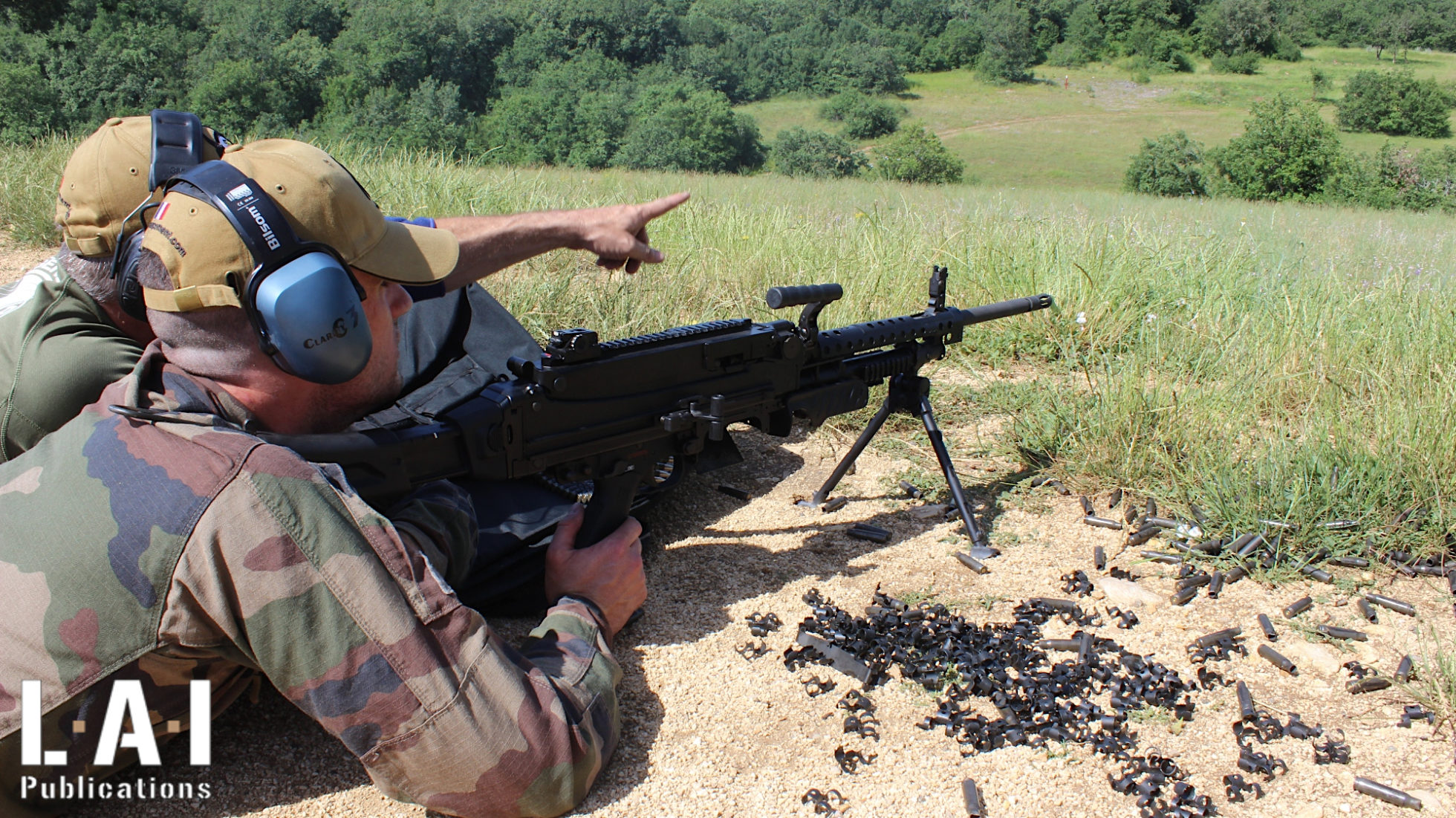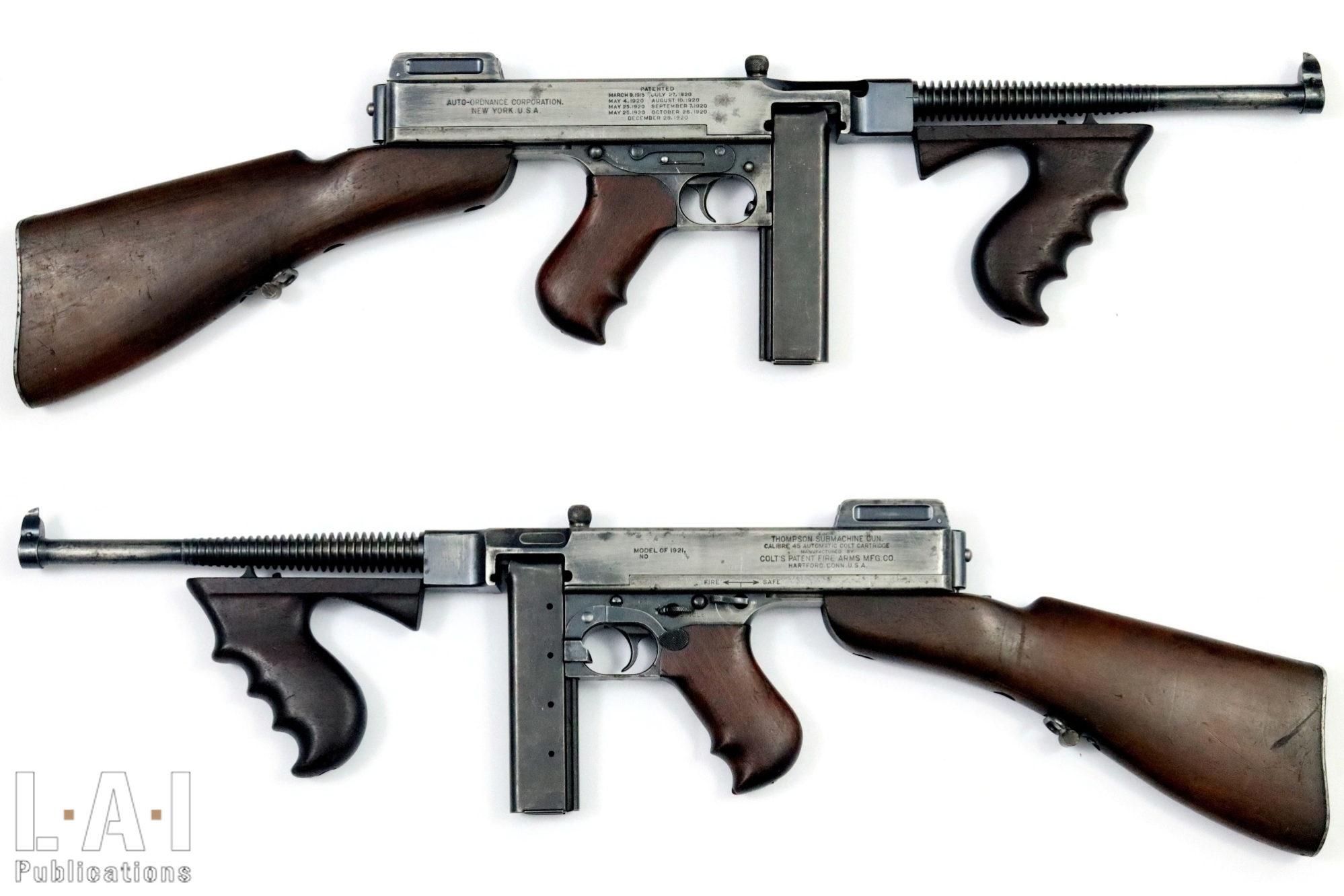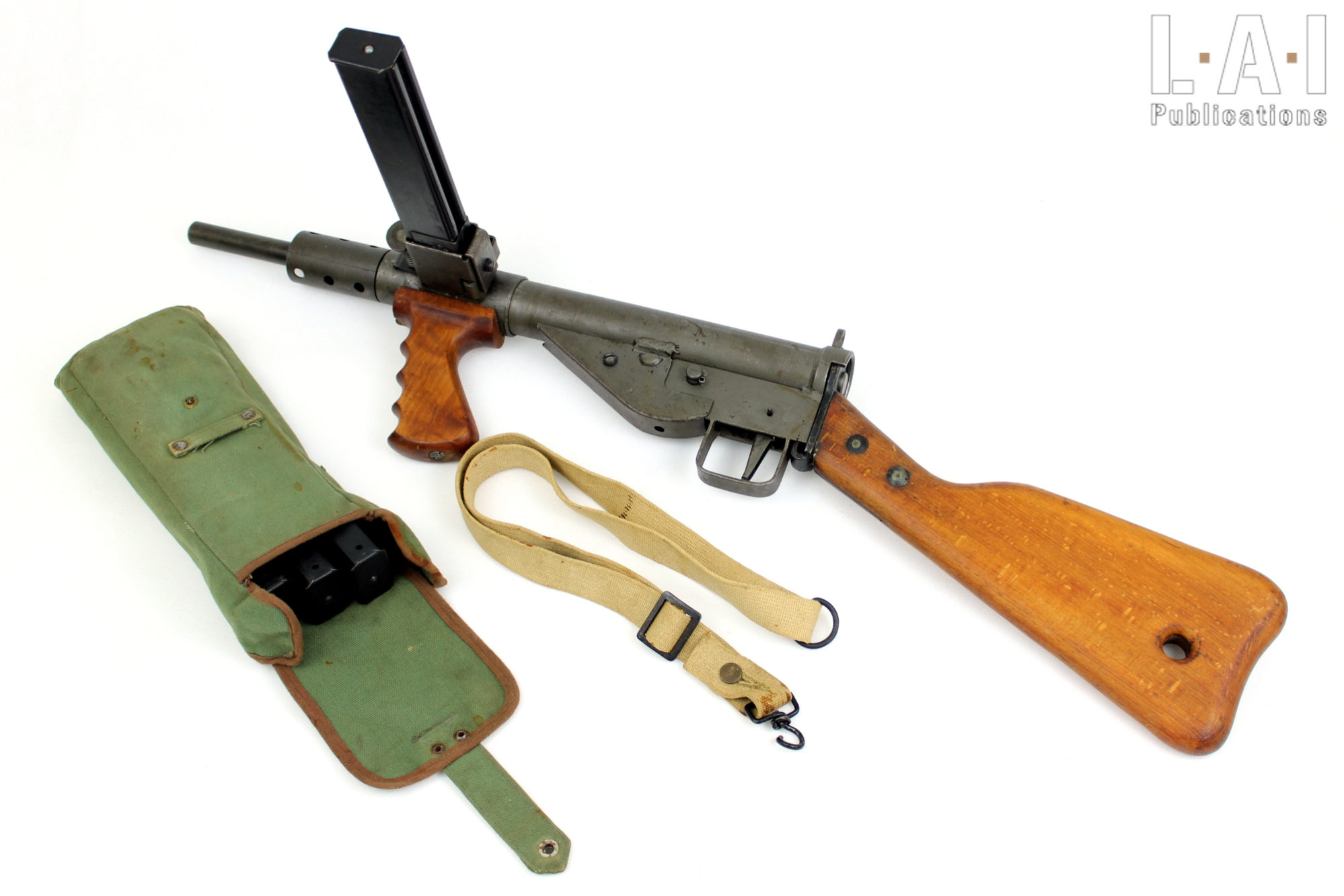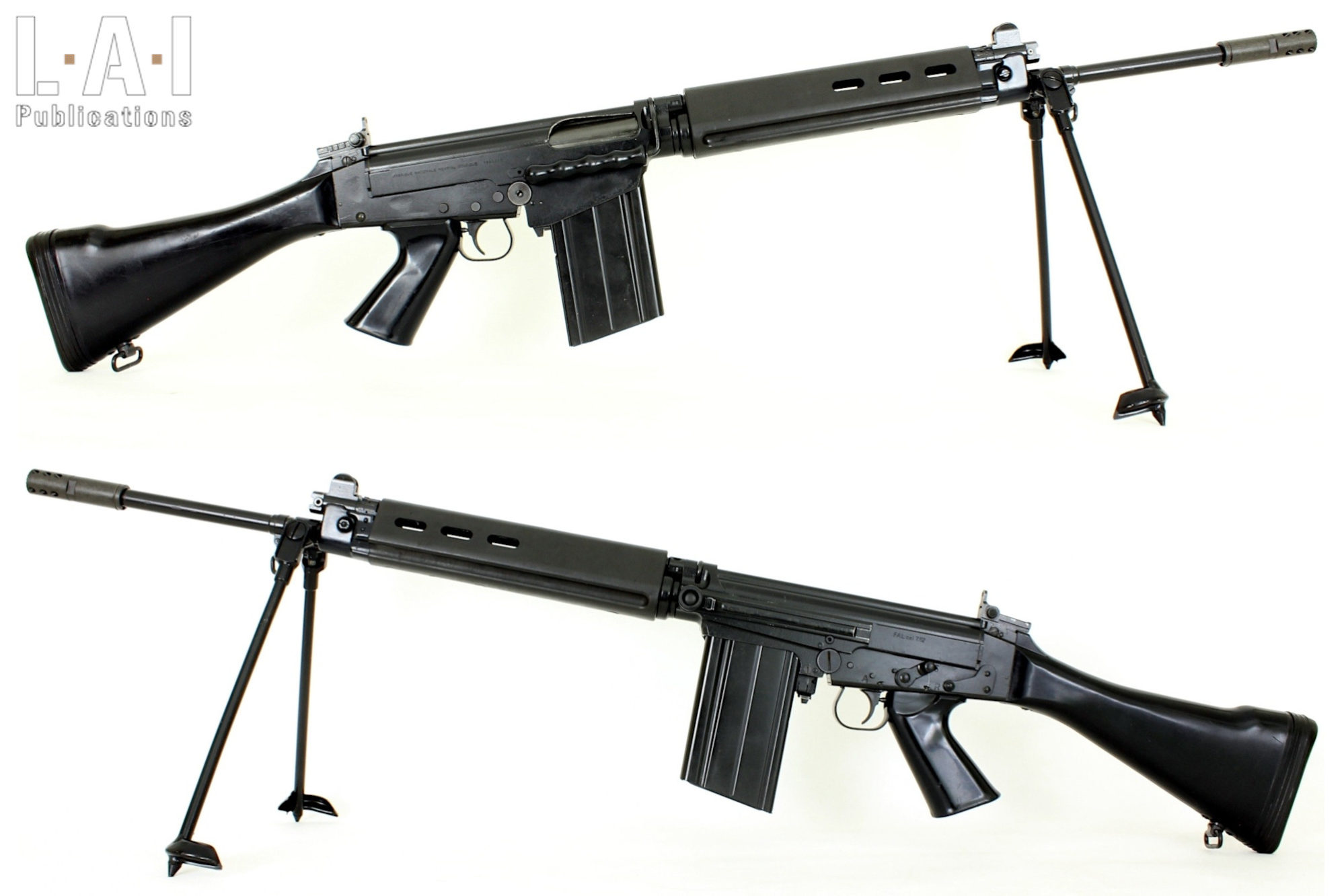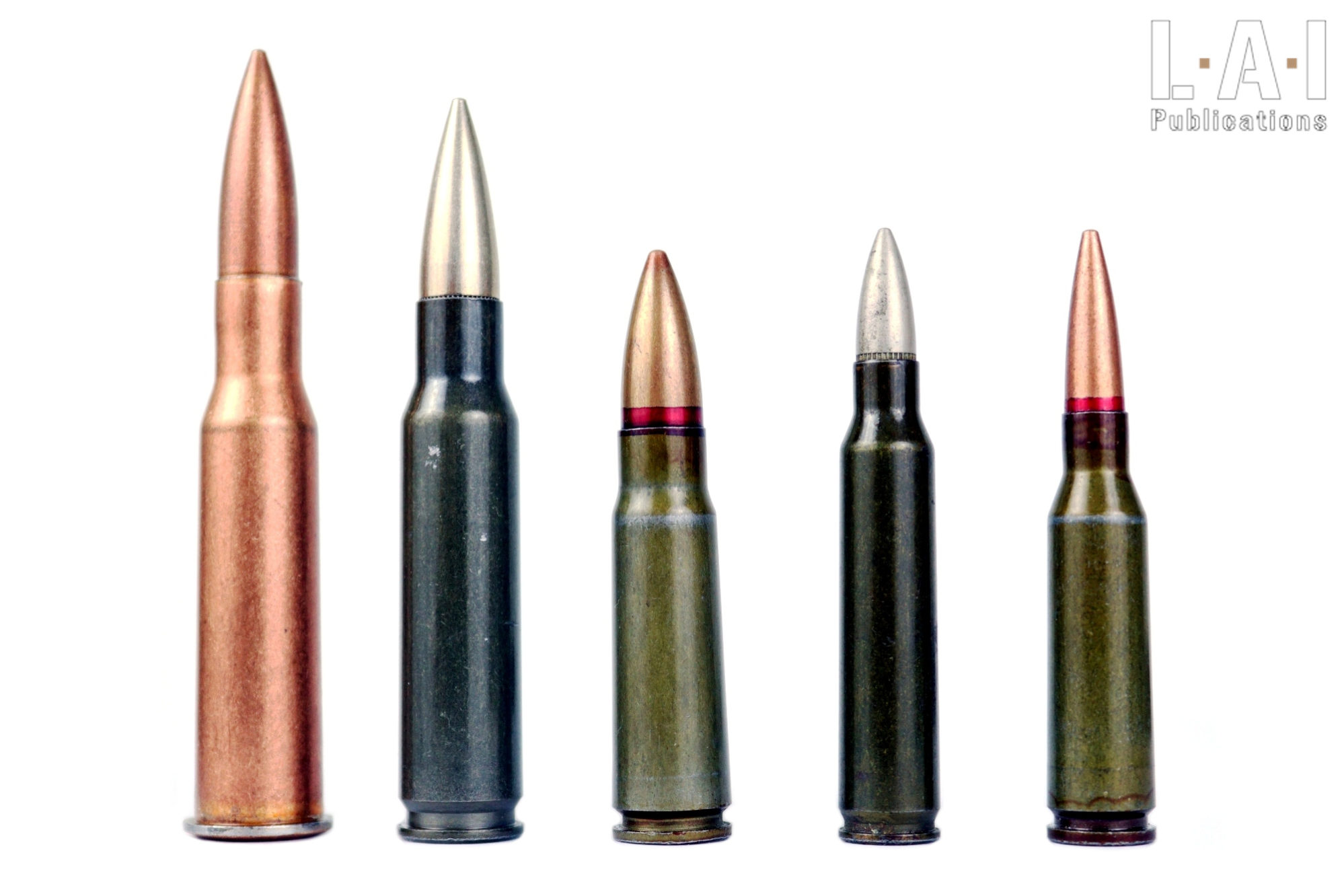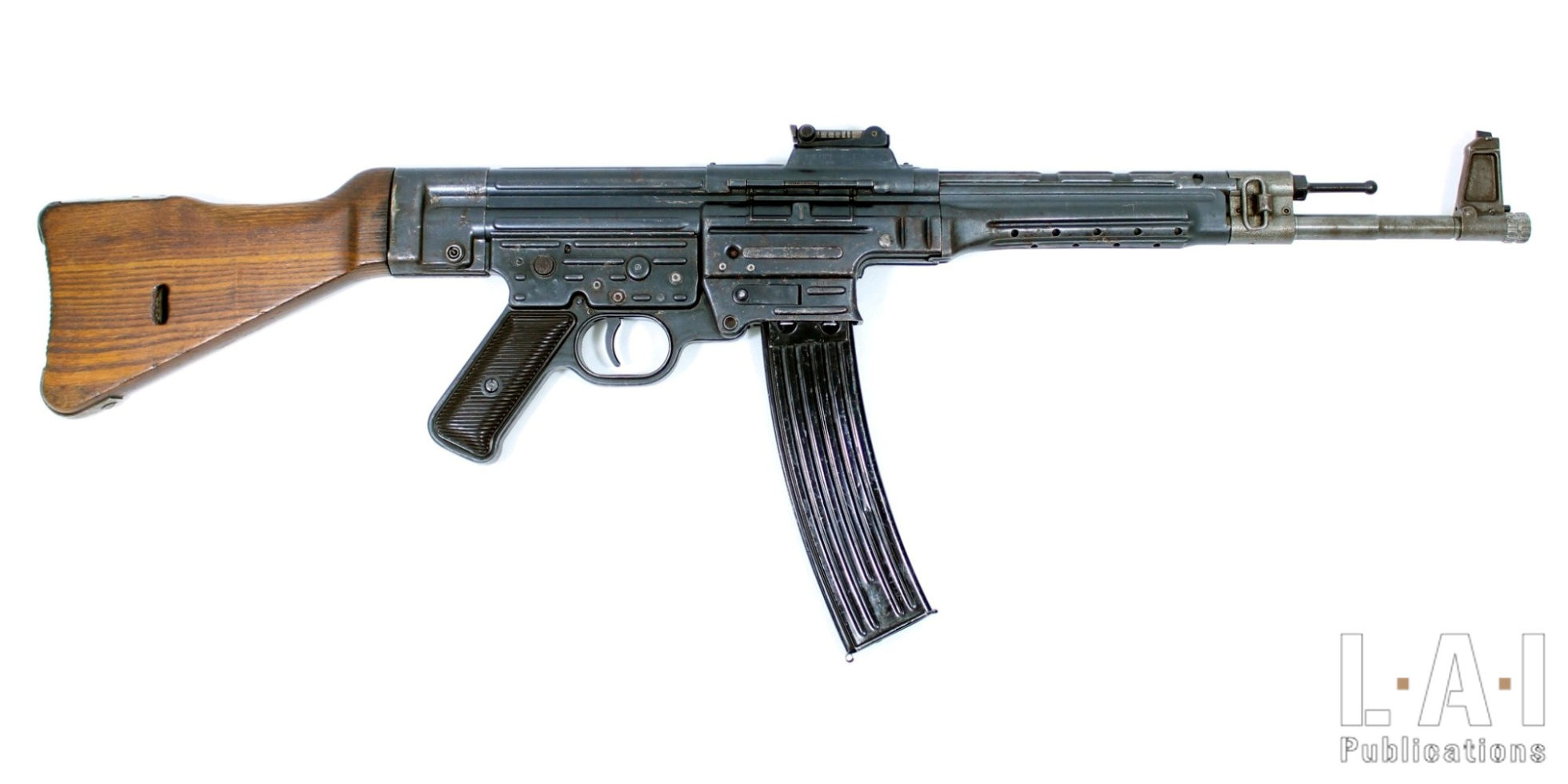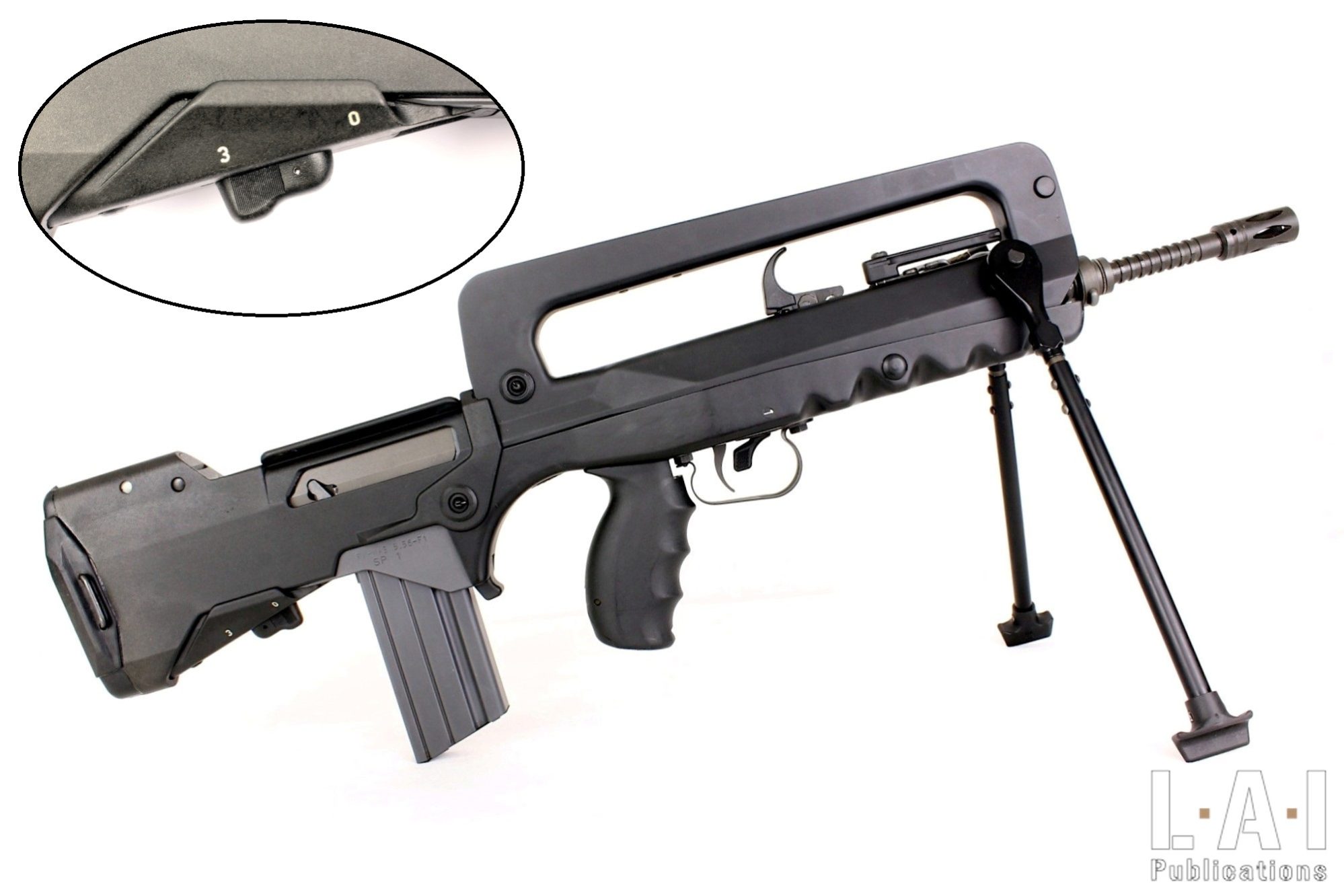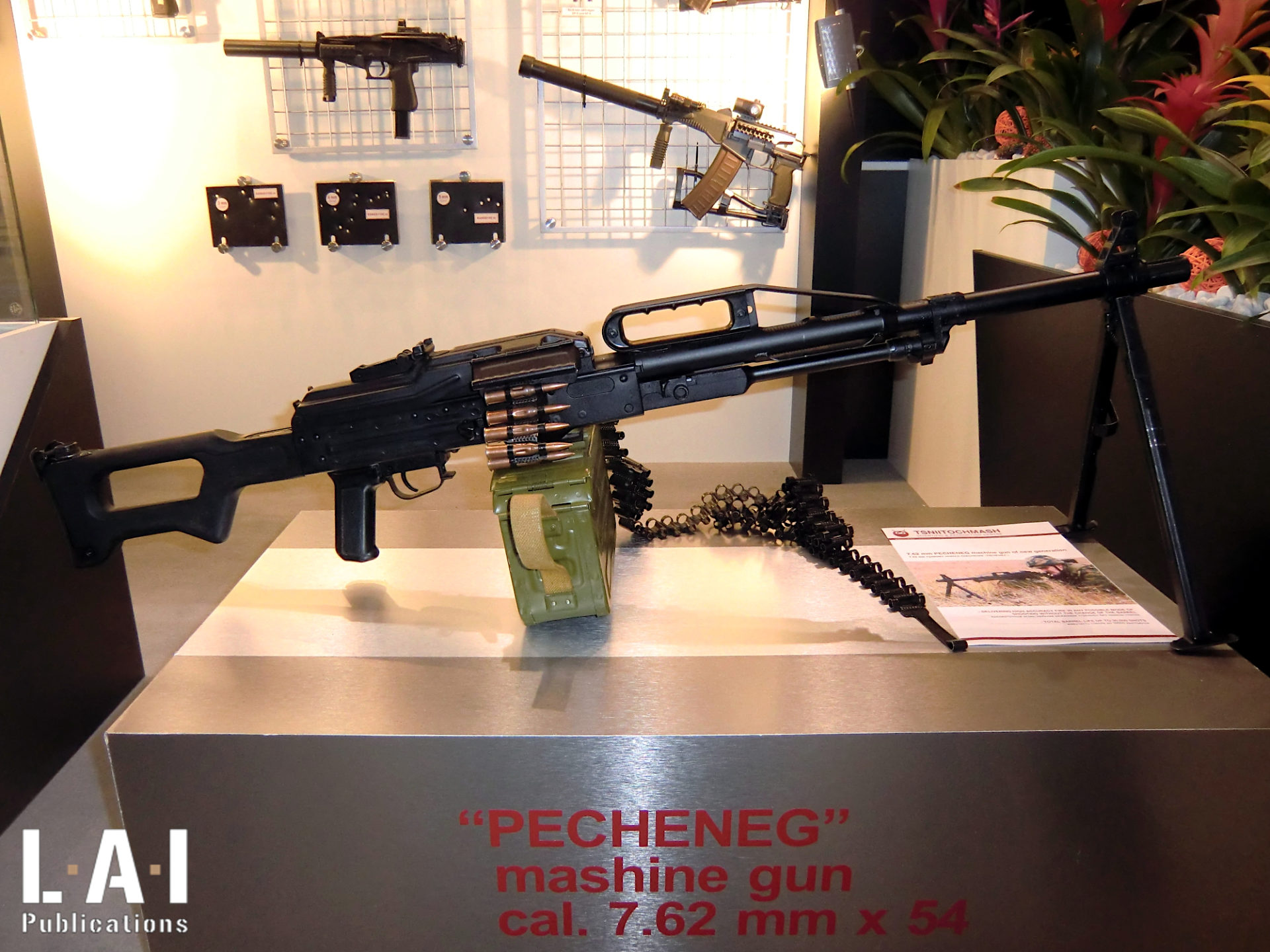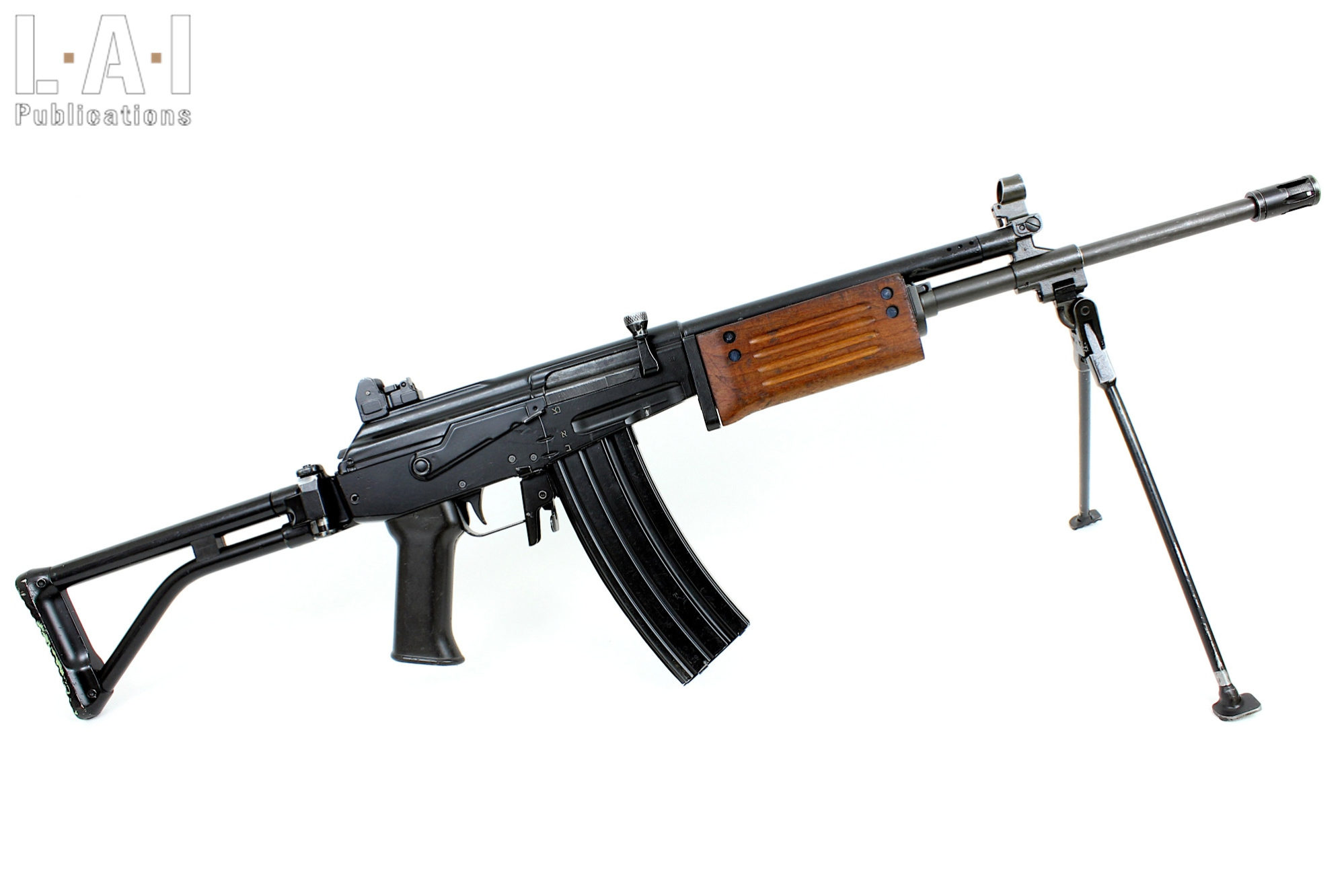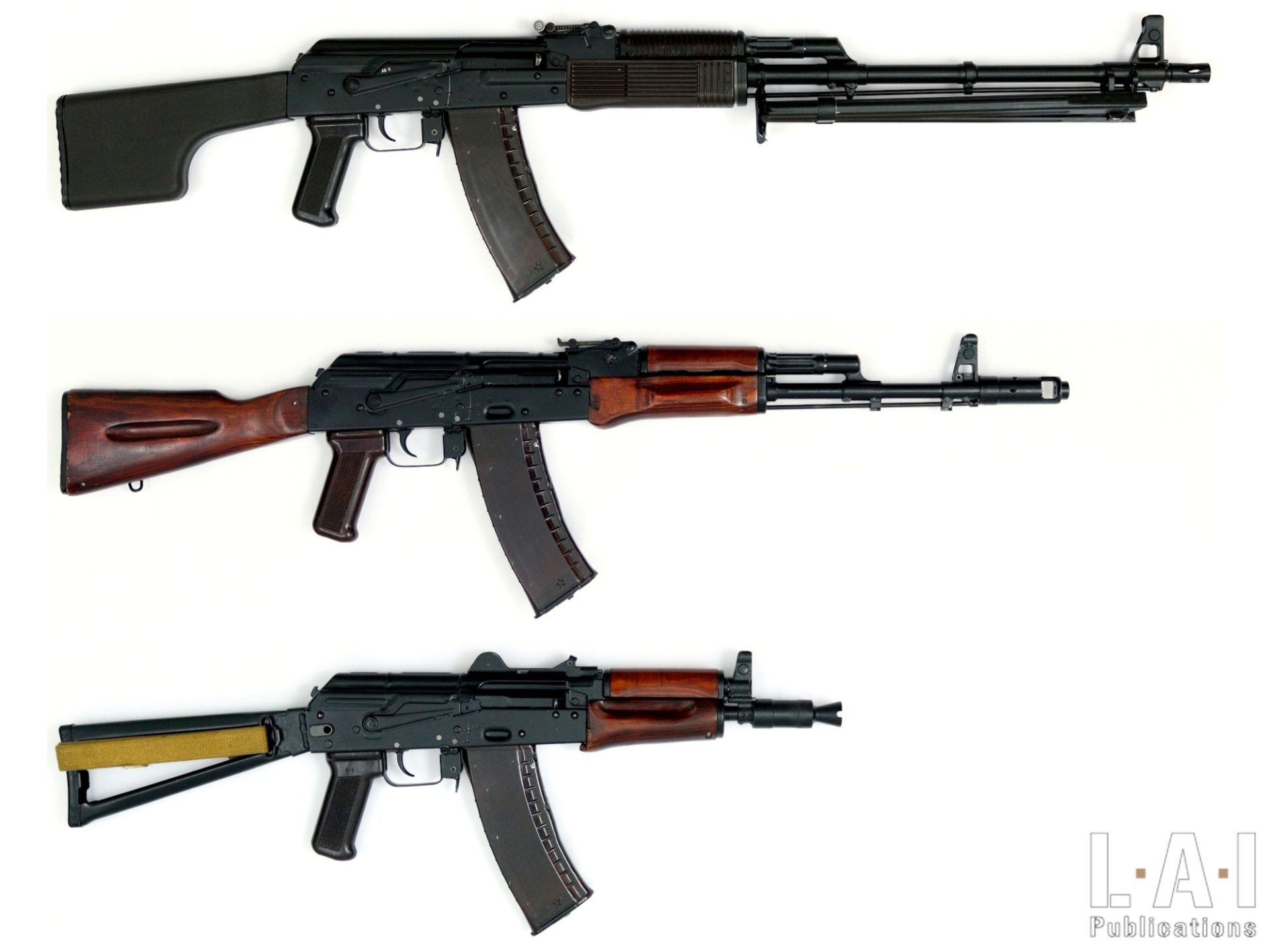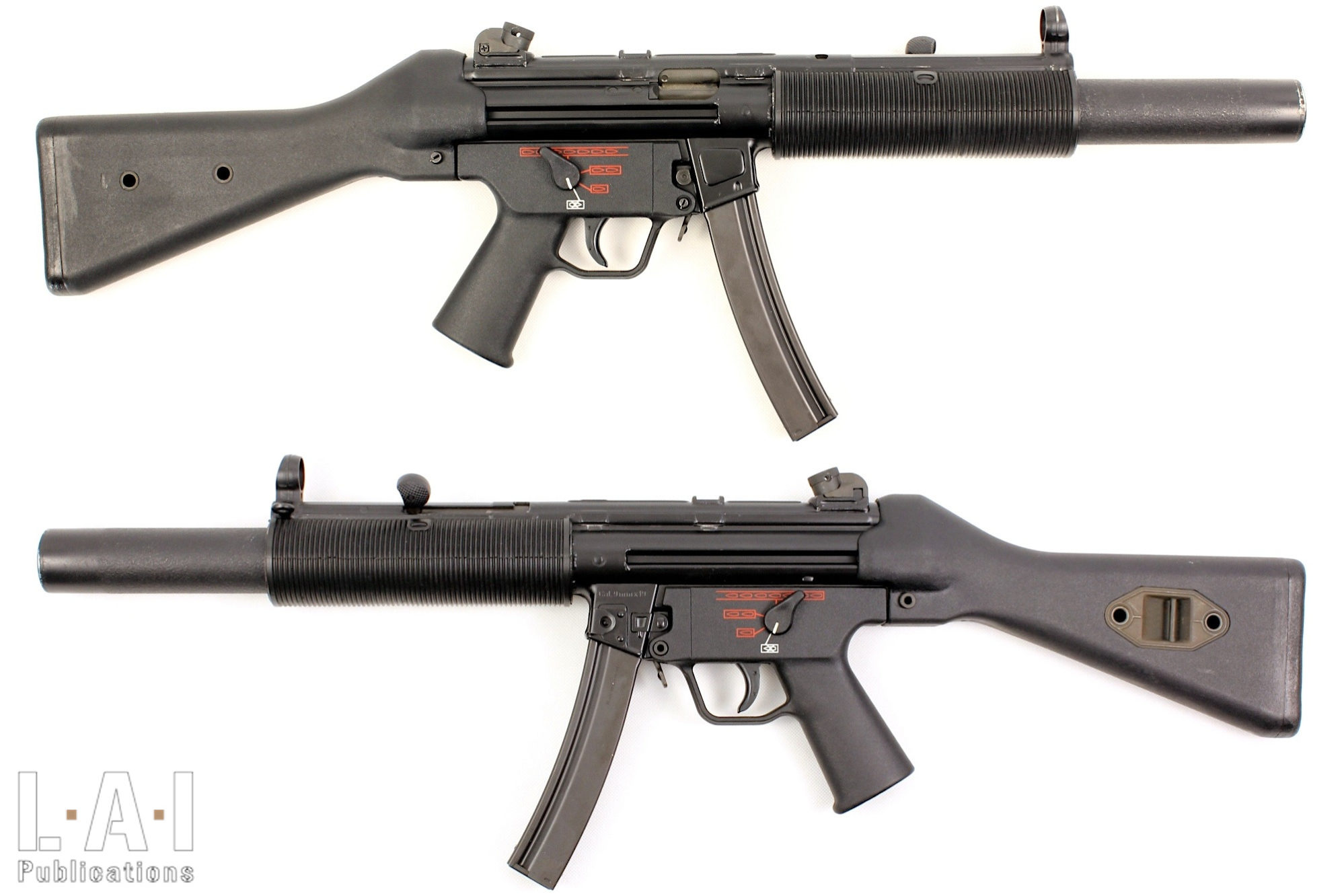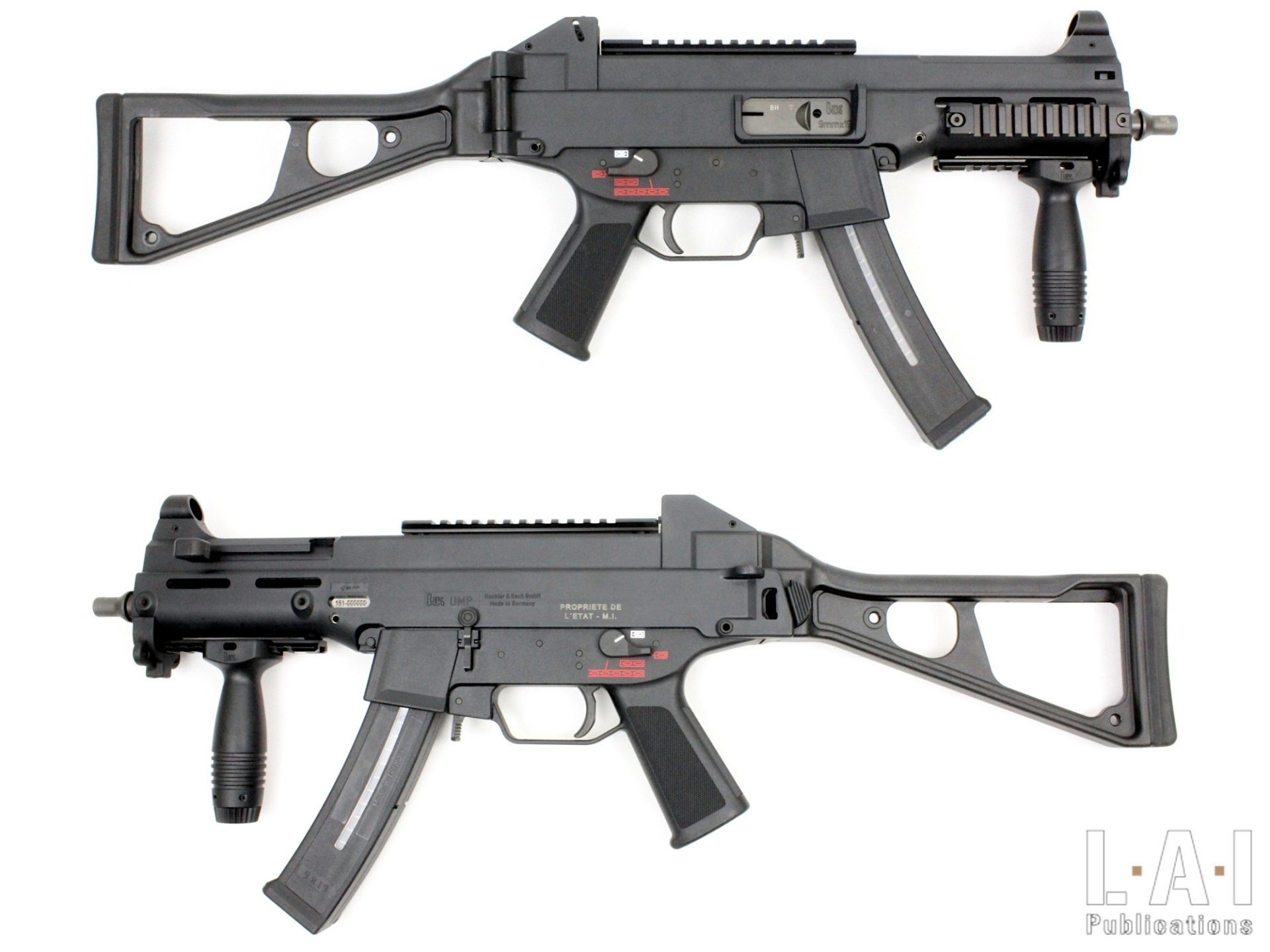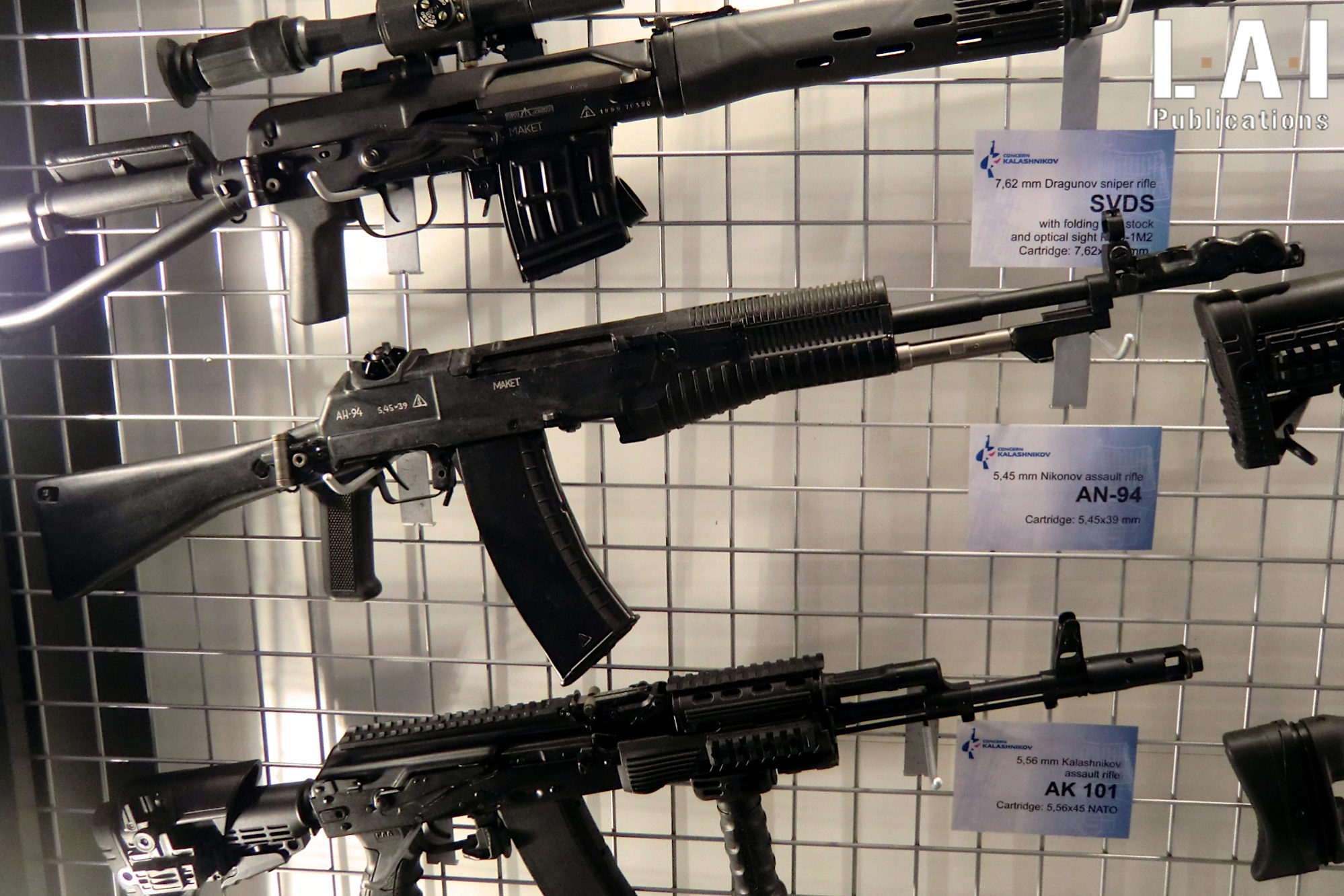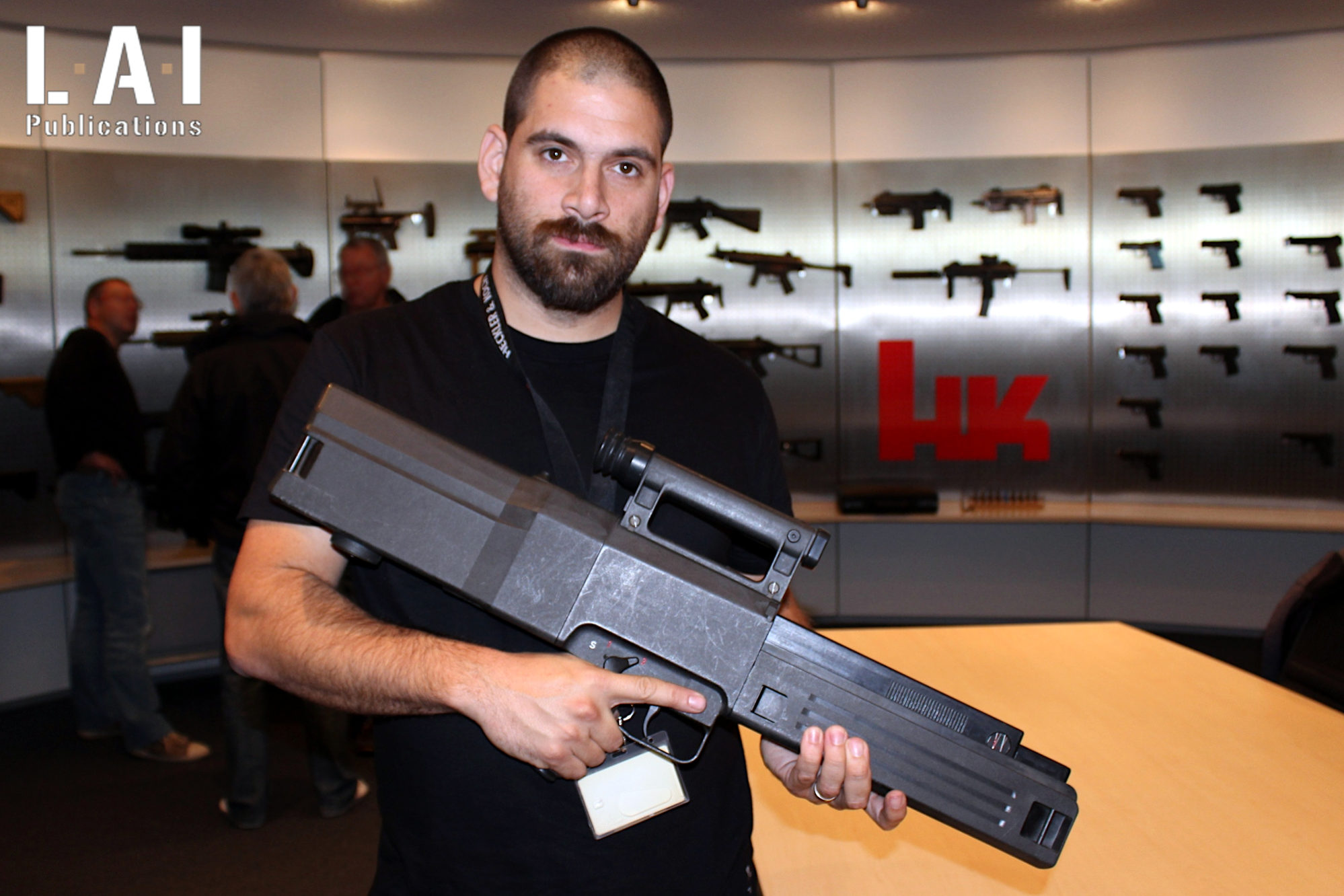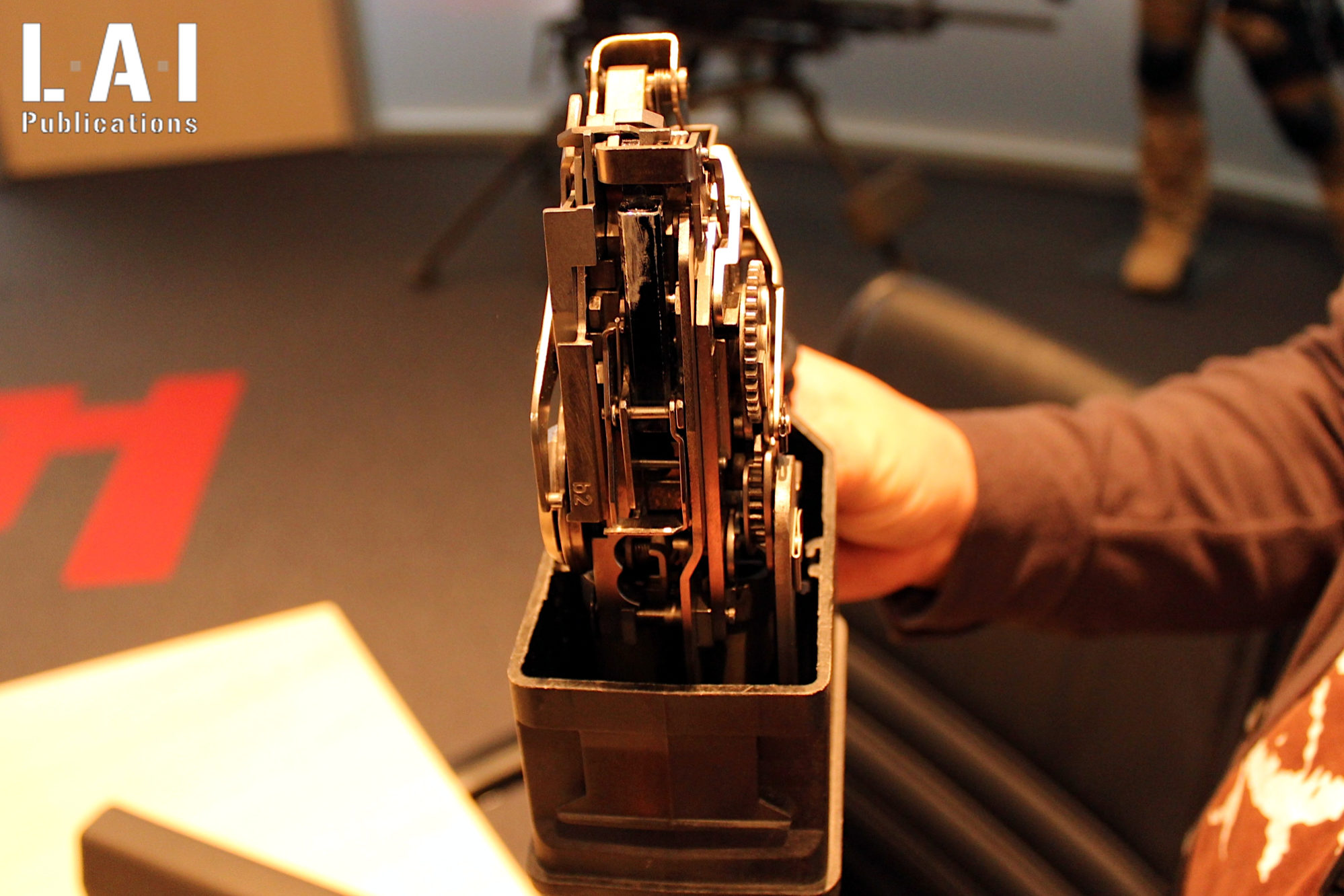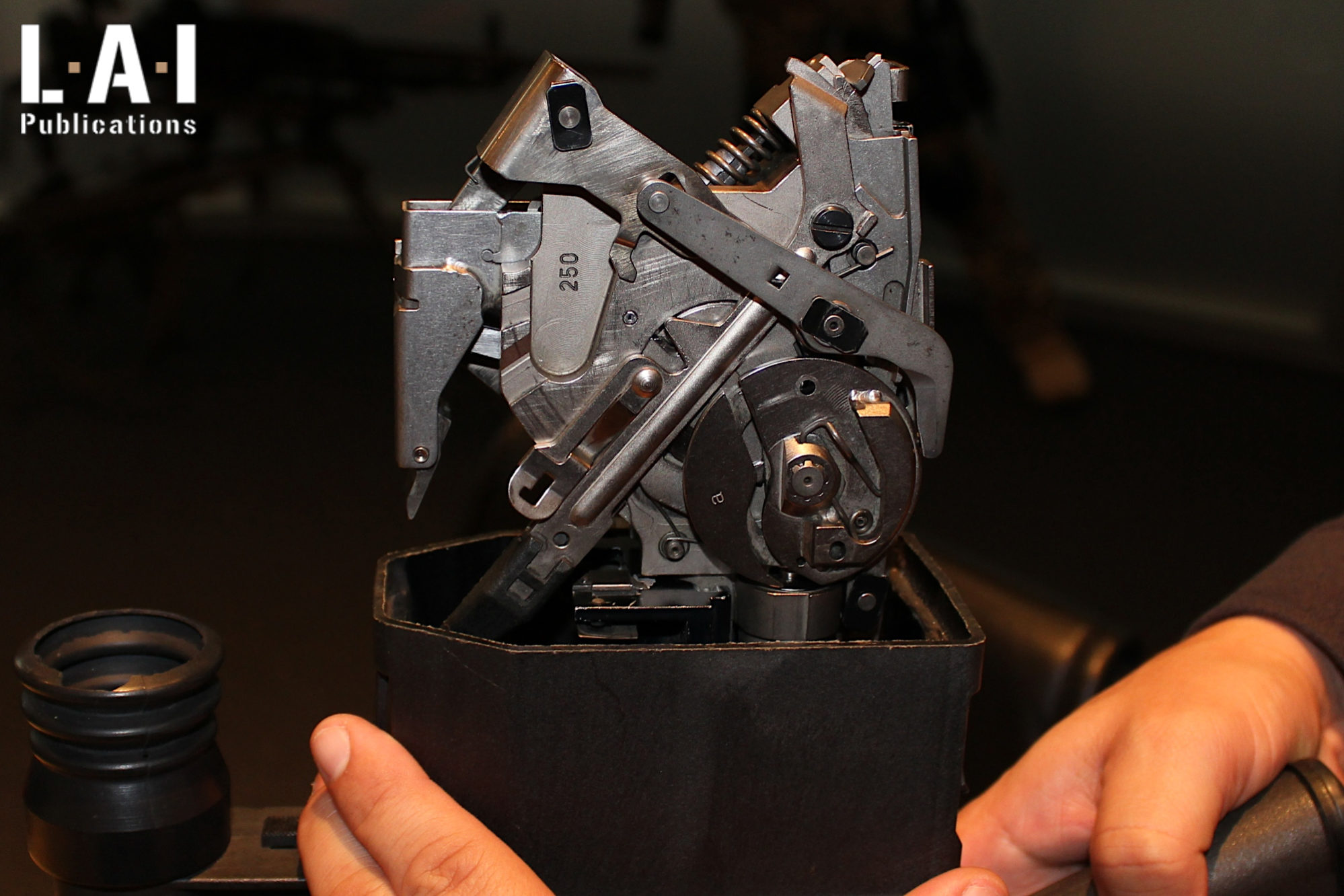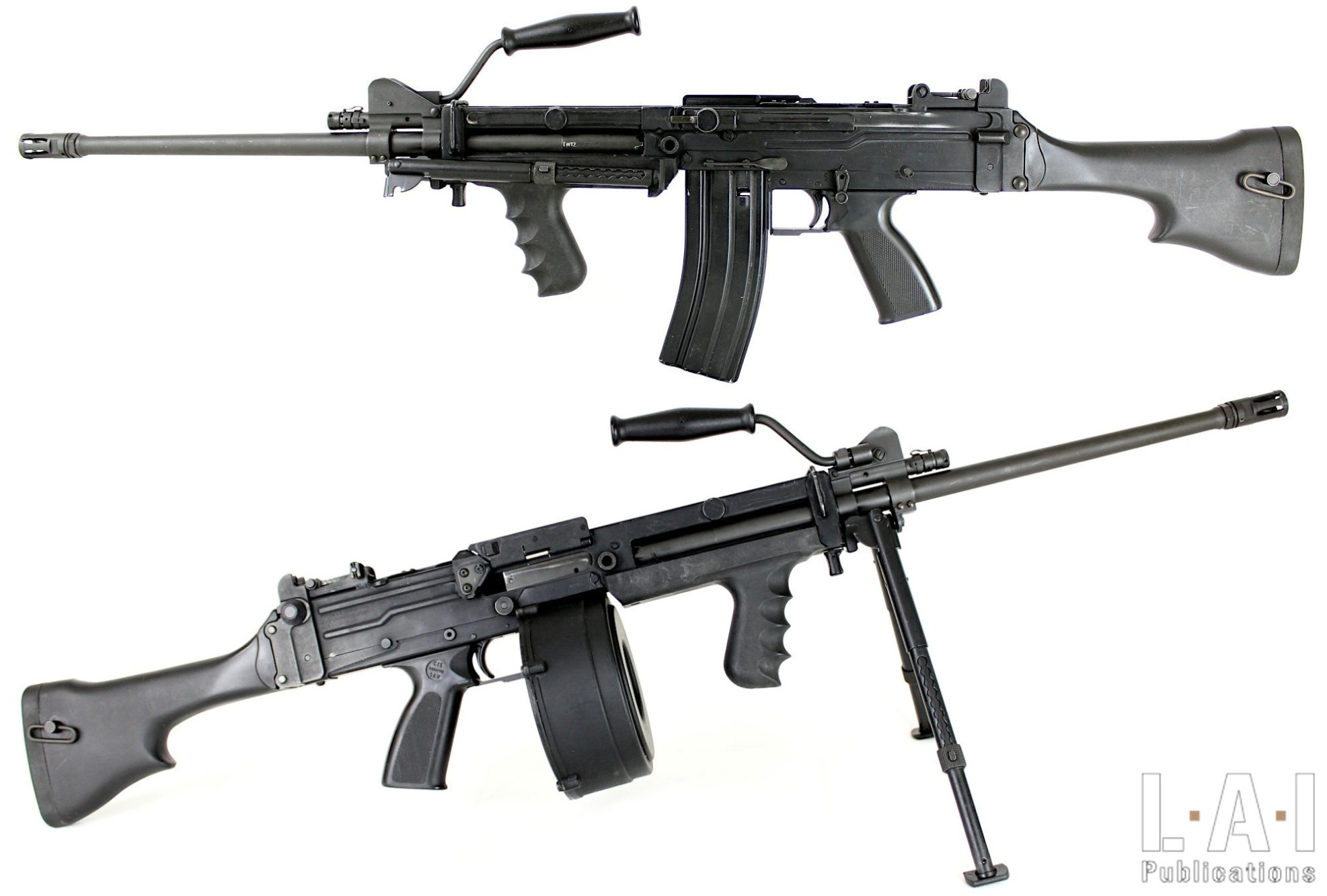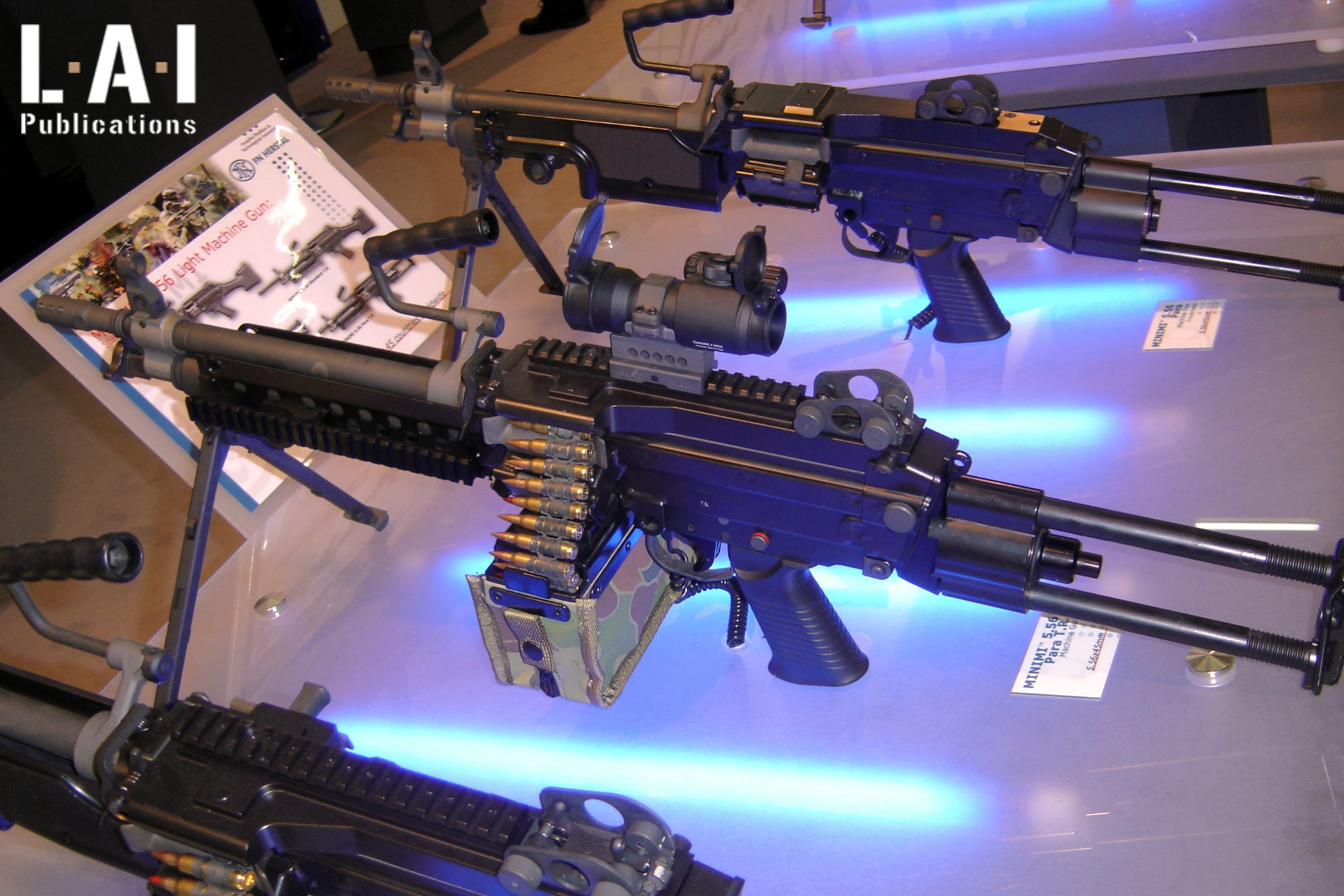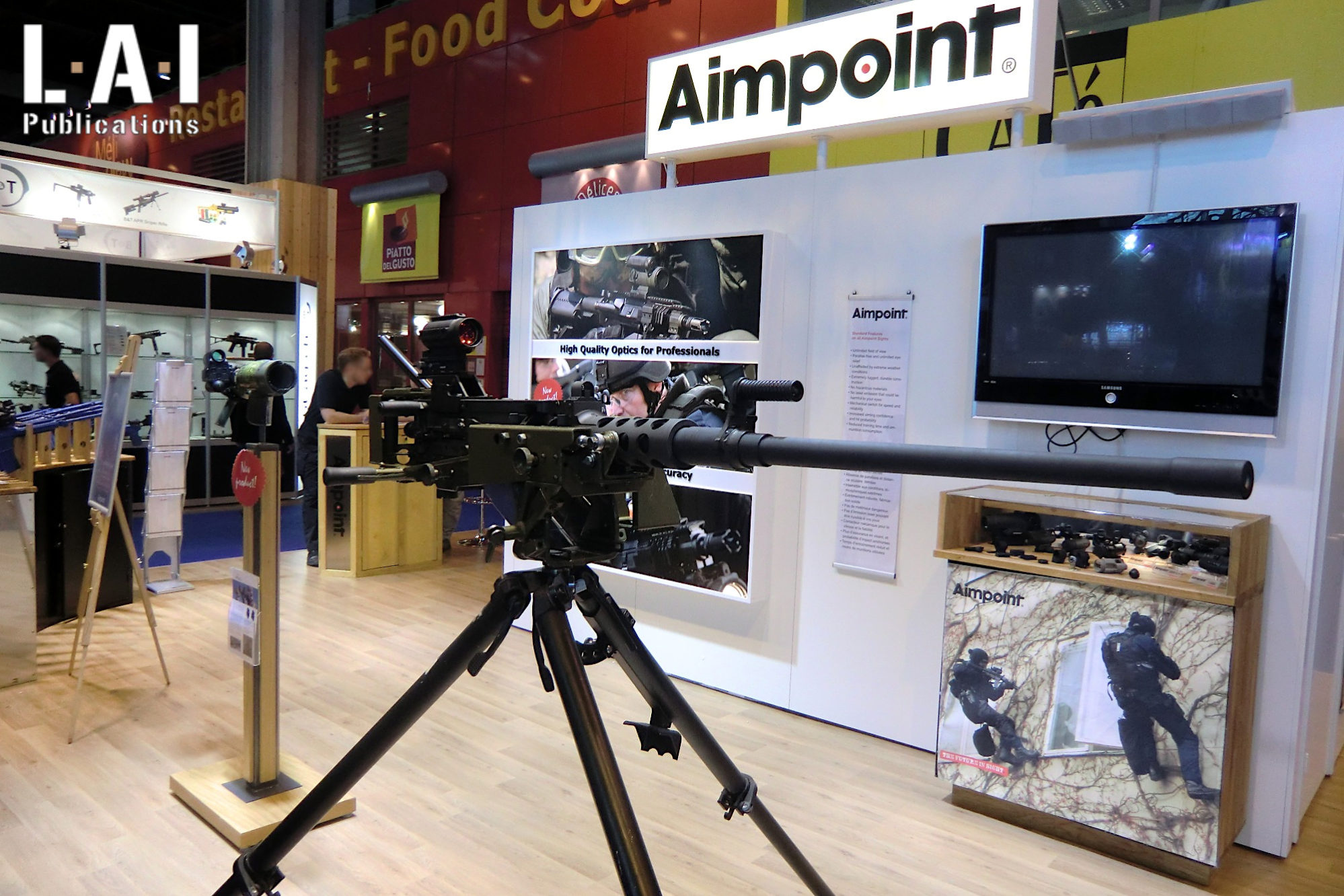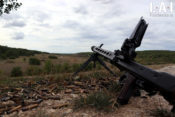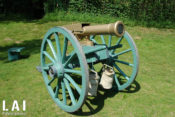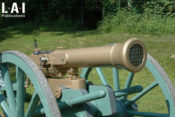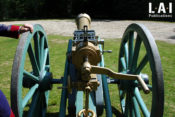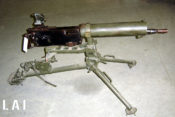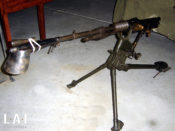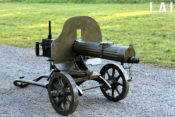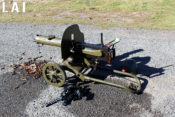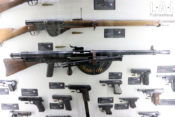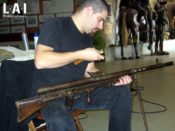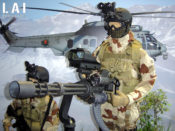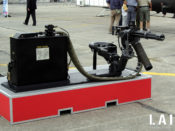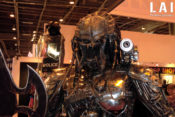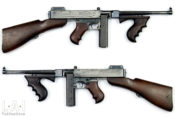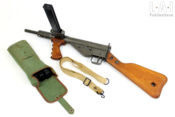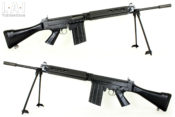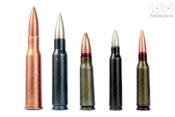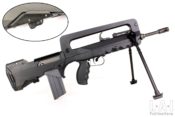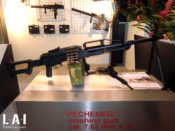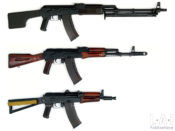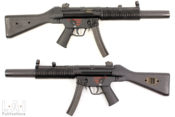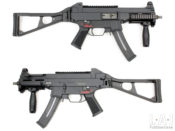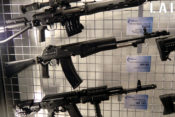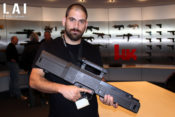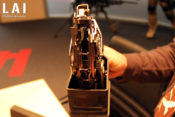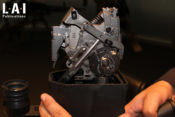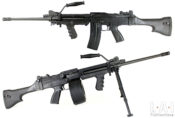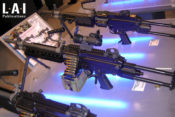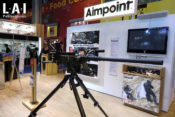Some thoughts about burst shooting

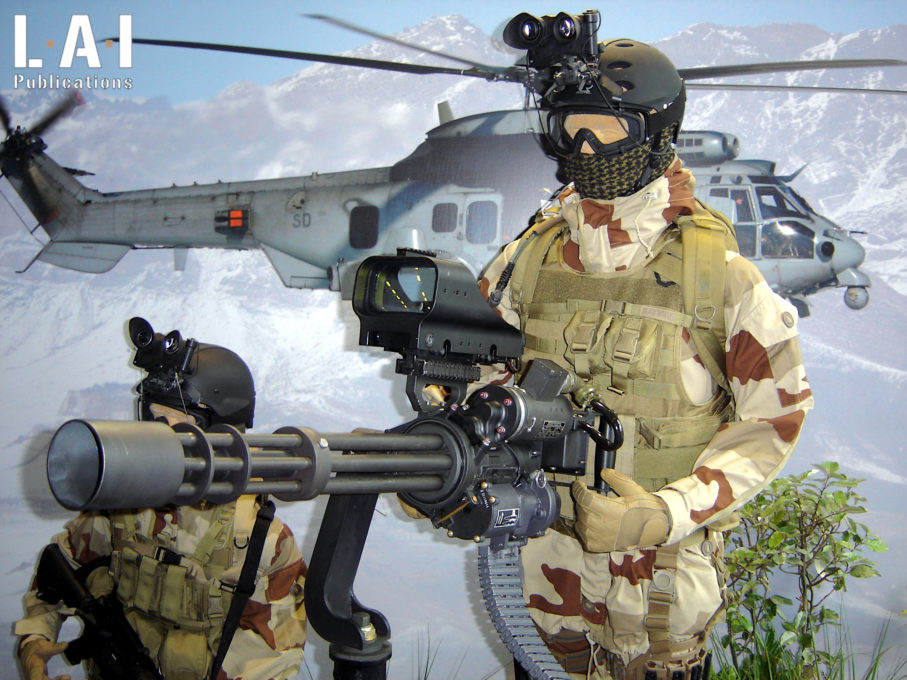
Since it first appeared, automatic shooting has been the subject of questions, controversies and even fantasies. As with semi-automatic weapons in their time, its tactical interest divides opinions. From a professional point of view, however, the answer seems quite simple: insofar as its implementation is optional on the weapon, why do without it? This question actually begs another: if this device is useful, under what conditions and for what purpose? I suggest we discuss about all this here.
From where I stand
It is important here to understand who is talking there: I am a small arms technician, a specialist in weapons of war. I have been working since 2005 for various state French institutions (Police, Gendarmerie, Army, Justice…). My specialty is therefore above all, technique. However, through this work and meetings made over time, I spent a significant amount of time with men in the field from both conventional and specialized units…and on the shooting ranges! I had the opportunity to study the use and behavior of a wide range of small caliber weapons… from 0 to 1500 m… In manual repeating, semi-automatic and automatic. And let’s be clear: I fired a lot. However, I am by no means “a fighter”, especially in the professional meaning of the word: I have never been a soldier or a policeman. This is important to specify beforehand, because I do not want to make believe here that I have a knowledge of the “field” (that of combat or law-enforcement) other than “second-hand”, that is to say which has been reported to me by colleagues or which is a documentary knowledge.
On the other hand, my knowledge of weapons and their shooting behavior is first-hand. And the range of weapons that I had the opportunity to implement is wide, especially regarding submachine guns, assault rifles and machine guns: to make it simple, automatic weapons. And for good reason, this is my main subject of both work and study. Another knowledge was brought to me by this professional career: logistics. And as everyone knows, this is the hidden but oh so important face of all human organizations.
So, where do we start?
If it is important that you know where your interlocutor stands, it is also important to take a critical look at the perception of the world around us and what we think we know. Our vision of the world is largely influenced by what we are shown by the entertainment industry and by the consumer society. This is how things are, not a criticism: we can find it good or bad, that’s not the point here. For my part, films and video games have been a part of my life since I was a teenager, and I do not deny the pleasure I still get from them today! However, everyone keeps a level of distance between fiction (films, games) and reality that depends on his own experience: a soldier and a chef will certainly not watch “Blackhawk Down” and “Ratatouille” with the same eye! So, we must admit that part of the reality of certain situations is simply not accessible to us. You and me. It is therefore important to understand here that my words, resulting from my experience, will not necessarily match with the words you may have heard elsewhere. These may be those of a person who has experienced them differently… Or even someone who would just quote them more or less faithfully! As always, make of all this your own idea, and stay critical! This heavy oratorical precaution posed, let us get to the heart of the matter.
Automatic shooting: for what and at what cost?
At first glance, burst is an evolution of the “Grapeshot”, in French (yes, I am French!) “Mitraille” which gives the French words “Mitrailleuse” (Machine-Gun) and “Mitraillette” (Submachine GunSubMachine Gun More). The grapeshot is an artillery round composed of a multitude of balls: a thing ultimately very similar – but larger – to the shotgun pellets: birdshots or buckshot. The principle is therefore to multiply the number of bullets fired in a very short period of time, which confers in our assessment of time, to the instantaneity: at 600 rpm (rounds per minute), 10 bullets are fired in 1 second. The goal is to increase the hit probabilities on an objective (single or multiple targets, whatever their nature may be) by increasing the area treated. It is a “sacrifice” we make: we agree to waste bullets (and by extension of our case, complete ammunition) in order to increase the “hit probabilities”. The “hit probabilities” is a statistical concept that in the field of shooting aims to evaluate the chances that a shooter, when triggering the weapon, has to reach an objective of a defined size, at a defined distance and under defined conditions. In summary:
- The benefit: increase the chances of reaching the objective or part of the objective allowing its neutralization.
- The sacrifice: agreeing to fire bullets unnecessarily.
And the sacrifice is not trivial… Because contrary to the often-fantasized vision offered by the entertainment industry, the supply chain necessary for the supply of ammunitions (heavy products by nature) is something complex and expensive. No, the M60 belts do not magically lengthen between each blink of an eye as in “Commando” (excellent film by the way… but to relax, not to learn anything about weapons!). The reality is rather closer to the pictures of war reporters showing all these soldiers carrying quantities of ammunition with them… for a few minutes of shooting. Here is a small demonstration dear to our friend Pierre Breuvart during the evocation of machine gun shooting, which allows us to better understand the issue:
- Weight of a 7.92×57 IS type SME ammunition (steel core ammunition, WWII end-of-war standard), 24.6 grams.
- Rate of fire generally announced for an MG42: around 1200 rpm (Pic.01).
- Weight in cartridges for 1 minute of fire and therefore 1200 cartridges: 29,52… kilograms!
- Weight in cartridges for 10 minutes of fire and therefore 12,000 cartridges… 295.20 kg.
Not to mention the belts and ammo crates… and the arms to carry them! Because yes, there is not always a motorized vehicle or a horse-drawn mean (the Wehrmacht was then still very dependent on horses!) filled with ammunition close at hand!
So, yes, said like that, 10 minutes of fire, it’s a long time: but on a day of fighting, is that so long?
Another image conveyed by the entertainment industry: collecting weapons and ammunition on the battlefield is a fantasized vision of what reality offers as a possibility… And above all, a headquarter cannot rely on this practice to plan a military action! I am well aware that this is often presented with regard to Soviet troops crossing the Volga at Stalingrad, distributing one rifle for two soldiers. But the existence of this practice, very present in the minds of the public (films and video games… still), remains controversial. It does not make sense from a tactical or strategic point of view, but it makes a lot of sense from an ideological point of view, especially in the context of the Cold War!
To return to our burst, the sacrifice made is therefore considerable, because it has an absolutely terrible impact on a strategic scale: increase in production resources, deliveries, therefore on fuel consumption, and therefore on human resource needs… in short, an increase in costs and logistics! Thus, if the sacrifice is considerable, the benefit must be all the more so: it is therefore a question here of an increase of the hit probabilities. But in what situations and with what weapons? Well, the two things are correlated.
Burst with crew-served weapons: machine gun and light machine gun
Let’s start with these weapons because they were the first to be equipped with burst firing so dear to Michael Mann in “HEAT” (another excellent movie!). Without mentioning the historical forerunners, let’s focus on the machines that have had a real impact on the battlefield. There were first real artillery guns during the second half of the nineteenth century: the “de Reffye” volley gun or the Gatling machine gun for example (Pics.02 to 04). Implemented by a team of artillerymen, these weapons are “rare” (the de Reffye was produced only at 168 copies) and their use close to those made of a cannon. Implemented mechanically (by a hand-operated lever), their rate of fire is far from our current standard: 100 rpm for a de Reffye volley gun, a little more than 400 rpm for a Gatling machine gun. It must be added to this that the feeding system is also not as “sophisticated” as our current weapons: by gravity on the Gatling machine gun and by block of 25 rounds on the de de Reffye. These weapons are nevertheless effective and well served: stable, they were capable of an unequalled volume of fire when they first appeared… and terrifyingly effective when used wisely. The thing portended “bright days” for burst… but not so for humanity.
The dawn of the twentieth century would see, thanks in particular to the metal case cartridge and to the smokeless powder, the generalization of “real automatic” machine guns, as opposed to the manual action of the weapons mentioned above. More compact and more mobile (some things vary according to the models), they still however feature a clumsy implementation … again, finally much in the line of an artillery piece: these are machine guns like Maxim, Hotchkiss, Schwarzlose, etc. (Pics.05 to 08). Their smaller size compared to their nineteenth-century predecessors would above all allow them to integrate better into the military system: they are easier to transport, maneuver and conceal/protect. Their feeding, usually by trays or belts, is more suitable for sustained rates of fire, even to the point that many weapons adopted the water cooling of the barrel or a very heavy barrel. Remembering that these were often fired from a closed breech. The presence of these “Rippers” had a terrible impact during WWI… and they would become prime targets. Here too, the cumbersome nature of the system gives stability to these weapons, offering them a formidable effectiveness.
In France, we often hear that the expression “baisser les têtes” (lowering heads) comes from the use of machine guns during WWI, where their implementation during the offensive phases would serve to force the opponent to remain hidden in their trenches, thus to “lower their heads”. It is quick to forget that WWI machine guns were above all one of the grinders of an entire generation that allowed both sides to repel massive troop attacks, which can even be described as “suicidal”. In France, war memorials of the Great War in every town are there to remind us of this.
The teasing spirits will then reply: “But no, Nono (my friends call me Nono), you know nothing about it, the expression is associated with the “light” machine gun (Chauchat, Lewis …), the use of which was inevitably associated with the assault.” Although it is not completely verifiable, the argument can be obviously heard… for the Chauchat, the Lewis or even the MG 08/15 (and I certainly forget some – Pics.09 and 10). However, only the most astute will make this distinction, and today in France, when talking to shooters (professional or civilian) on the shooting range, the expression “lowering heads” is usually associated with any machine gun / submachine gunSubMachine Gun More – or even the use of burst alone. The damage is done. This practice has even been given a military name “suppressive fire” or “covering fire“. Because yes, obviously, this practice exists, but it is not the only use of burst.
In a “suppressive fire”, burst therefore finds another use which consists in neutralizing, not directly a fighting unit (which can be a vehicle), but the use of an area by the enemy … That is another form of objective. The concept is eminently ” bourgeois”, because it admits to firing many ammunition (if one wants to be sufficiently deterrent) without destroying the enemy, over a sufficiently long period of time to allow the troops to maneuver. When we use the formula “eminently bourgeois concept”, we are not engaging in a political debate comrade! We are only using it on an economic level. All factions, whatever their ideologies (real or alleged) resort to this bourgeois method… when they can! “Winning the fire fight” is at this price.
Of course, during this covering fire, anyone with the good idea to pop his head under an M134 machine gun fire will immediately be thunderstruck (Pics.11 and 12)! Because yes, the M134, with its 2000 to 6000 rounds per minute is a perfect illustration of what a suppressive fire can be … bourgeois: an expensive vehicle (yes, we are not in “Predator” – Pic.13), an expensive weapon (have you seen the price of a Dillon and its maintenance?) and thousands of cartridges! Obviously, covering fire is achievable by other more common means (from pistol to machine gun, depending on the situation, make your choice!) with greater or lesser efficiency. However, the thing is always done by “wasting” ammunition without any real “body count”… Depending on the situation, it remains to be seen if the use of your ammunition endowment is judicious in this role… while keeping in mind the supplies you can count on. This is a strategic choice: in theory, one avoids the death of the soldiers of one’s camp (something commendable), in practice, one must be able to afford this economically and logistically expensive model. Think about it when paying your taxes, you may swallow the pill more easily… and most importantly, subscribe to LAI Publications, it’s cheap compared to one minute of M134 fire!
If WWI saw the democratization of crew-served automatic weapons (often heavy, but also lighter with the Chauchat or the Lewis, which remained most of the time, crew-served weapons – Pic.14) as well as the evolution of the doctrine, it also saw the appearance of the first submachine guns. Despite my tropism for Russian and Soviet weapons, I deliberately leave aside the case of the Fedorov 1917, which despite the use of Japanese ammunition, remains rather an LMG – at the limit of a Battle Rifle – than an individual weapon and which above all, did not mark the “use” of this type of weapon because of its confidentiality. If this were the case, would it have brought anything other than what the Chauchat brought? In my opinion, not much. On the other hand, it certainly allowed the Soviet to understand (with the AVS-36 as well), that the automatic “Battle Rifle” had little meaning… But we’ll come back to that.
Burst on individual weapons: submachine gunSubMachine Gun More
The appearance of the burst on a real individual weapon would therefore occur at the end of WWI on German and Italian submachine guns (let’s leave the debate of who “invented” it first to others!). One thing is certain here, on this type of weapon, burst regains its grapeshot purpose: maximizing the hit probabilities. It is done in a very particular context: close combat, globally less than 50 m (Pic.15 and 16). Here, burst becomes a palliative to the lack of time. During an assault, the fighter is on the move, comes face to face with an enemy and must be able to quickly neutralize him. In this context, no time to post or to aim: one saturates the target with lead, copper, zinc and sometime even iron … ideally with a SMGSubMachine Gun More or with buckshot! And in fact, in the trenches, shotguns with buckshot (including the Browning Auto 5, Remington R11 and the Winchester 1897) will rub shoulders with the first SMGs. The SMGSubMachine Gun More, more compact, more maneuverable, obviously takes precedence over the shotgun, bulky, with a low capacity, producing a strong recoil and, finally, not very good for repeated shots.
Here, if the sacrifice is always the same (excessive consumption of ammunition), it can become much more acceptable if the weapon is used for “shock actions”, which take a shorter time. This is particularly the case of the assault, where the SMGSubMachine Gun More, especially in WWI context, became a formidable tool. And the Allied understood this well, this type of weapon being part of the significant quantity of material which Germany was banned from producing and even designing by the Treaty of Versailles … with the success that we know!
If the submachine gunSubMachine Gun More performs very well in close combat, it is obviously mediocre when the engagement distance increases (greater than 100 m) … whether single or burst. Be careful, we are not saying that a SMGSubMachine Gun More is not able “to reach the target” at distances greater than 100 m: generally, it is. However, it is necessary to distinguish what is feasible on a shooting range from what is reproducible in combat situation and with what effectiveness. This observation of the limited capabilities of the SMGSubMachine Gun More would undoubtedly result in the prevarications of the interwar period, and the finally late adoption of this type of weapon by many armies just before WWII, and a rather rapid marginalization of its military use during the Cold War in favor of the assault rifleAn assault rifle is a weapon defined by the use of an "inter... More.
Quite stable!
If the purpose of burst on the submachine gunSubMachine Gun More leaves little room for doubt, it is quite different for the Assault RifleAn assault rifle is a weapon defined by the use of an "inter... More and for the Battle Rifle. And we will continue with the latter, because in the West, unlike in the USSR, the assault rifleAn assault rifle is a weapon defined by the use of an "inter... More did not immediately succeed to the couple “infantry rifle (manual-repeating or semi-automatic) / submachine gun”.
The Battle Rifle
The Battle Rifle is a semi-automatic infantry rifle to which an automatic mode has been added. The M14, the FAL, the G3… in short, an individual weapon that fires a full power caliber in automatic mode (Pic.17). If this type of weapon became widespread in the 1950s, the terminology of “Battle Rifle” appeared globally only in the 2000s to differentiate it from the Assault RifleAn assault rifle is a weapon defined by the use of an "inter... More, which uses an intermediate caliber (Pic.18). Because no, under no circumstances can the 7.62×51 be considered as an intermediate caliber: it is an intellectual scam.
On the Battle Rifle, automatic firing is… also a scam. Plain and simple, let’s not mince our words. The thing is difficult to master in shooting ranges and in conditions of peace, so on a battlefield … Even with a bipod, you need weighted versions (so, “light machine gun” versions) to obtain an effective support weapon … and still often better served with rapid single shots than with bursts.
At the end of this short video, the useless aspect of the Battle Rifle burst for supporting fire purpose can clearly be seen.
Similarly, these weapons are often uncomfortable regarding assault use: bulky, ultimately heavy, and often with a more limited capability than a SMGSubMachine Gun More or an Assault RifleAn assault rifle is a weapon defined by the use of an "inter... More.
Quite shaky…
This scam has been well understood by many nations using Battle Rifles:
- Some would remove the automatic firing capability: England would restrain the FAL natively in semi-auto, the United States of America would often restrict, but on a case-by-case basis, their M14s. The French would choose to keep the FSA MAS 49/56 without burst, the MAS 62 never exceeding the pre-series…
- Countries equipped with Battle Rifle during the Cold War would keep a SMGSubMachine Gun More in their arsenal… until the adoption of a real assault rifleAn assault rifle is a weapon defined by the use of an "inter... More: in the cases mentioned above, England with the Sterling, the United States with various productions (from the Thompson to the Carl-Gustav m/45 via the USM3 … the beginning of the Vietnam War is a festival of “diversity”), France with the MAT-49… and going further, Israel (which then used Fal), with the UZI , Germany (which then used G3) with the UZI and then the MP5 …
This is particularly true for the Battle Rifles of the Cold War, the “Tacti-cool” customization versions born from the 2000s obviously being more suited to the exercise, but without excelling in this area. Moreover, their operational use remains limited, and often takes the place of a support weapon firing in single mode.
Meanwhile, the USSR would make a real assault rifleAn assault rifle is a weapon defined by the use of an "inter... More (sorry, an “Avtomat”) with the 7.62×39. There would be no Battle Rifle and no more submachine guns (strictly speaking) until the dissolution of the USSR.
An assault rifleAn assault rifle is a weapon defined by the use of an "inter... More to unite them all, and in versatility bind them!
The assault rifleAn assault rifle is a weapon defined by the use of an "inter... More is obviously supposed to be the versatile weapon, one that replaces the two weapons previously mentioned advantageously: the submachine gunSubMachine Gun More and the Battle rifle. Better, it can even sporadically fulfill the role of a support weapon … But we’ll talk about this again.
Let’s say it outright, the “Sturmgewehr“, assault rifleAn assault rifle is a weapon defined by the use of an "inter... More, bears its name badly, because it could lead us to believe that its use is limited to a single use: assault (Pic.19). Obviously, this is not the case, and this Germanic name owes its choice only for propaganda purposes. A reasonable choice would have been “Multipurpose Combat Rifle” or other less selling names…
Because yes, the assault rifleAn assault rifle is a weapon defined by the use of an "inter... More is of a versatile use: it excels in the 0-300 m (or even 400 m with the faster intermediate calibers of second generation) combat and is not completely useless up to 600 m, although the terminal effectiveness of its bullet is questionable. However, whatever its terminal efficiency, taking a bullet of 5.56 to 600 m does not cure cancer and the hit probabilities are not ridiculous, especially with the use of an optical sight.
The burst on this type of weapon can be conceived under three uses:
- Short-distance engagement (understand here, always less than 50 m), as for a SMGSubMachine Gun More. The assault rifleAn assault rifle is a weapon defined by the use of an "inter... More is generally quite good in this purpose, especially for weapons using intermediate calibers of second generation (5.56×45, 5.45×39 to which it is probably appropriate to add the 5.8×42). Here, the pitfall generally encountered is more related to the size of the weapon for evolution in a confined environment: it follows the generation of bullpup, then the trend – to our misfortune – of short barrels (Pic.20). Why to our misfortune? If you reduce the length of the barrel and thus lose power, you might as well change the caliber… I don’t know… For the 9×39 for example? Soviet tropism no doubt… or technical pragmatism, make your own mind. Barrel reduction can be understood from a logistical point of view (unicity of calibers for a weapon with a defensive vocation) but it does not make sense on a ballistic point of view: therefore for an offensive vocation.
- By short bursts, shooter on post, to engage at distances of up to 100 m, even as far 300 m depending on weapons and firing configuration (bipod, particular device that we will discuss below…), on targets discovered in order to increase the hit probabilities. This is the use of the burst, which in our opinion, raises the most questions as to its real effectiveness. We will come back to that in a short moment.
- Suppressive fire: from our point of view, although the thing is practiced, it is a misuse of the weapon that is far too light in this purpose. Why too light? If the firing platform is stable enough (especially with a bipod) for sporadic implementation, prolonged implementation will inexorably lead to the problem of overheating: loss of precision, malfunction and cook-off (Pic.21). Not forgetting that all these weapons fire from a closed bolt… others would have cooled them by water for such use! The thing is perfectly illustrated by the ridiculous controversy developed around the excellent G36 rifle during the engagement of the German Army in Afghanistan. But mind you, when you want to kill your dog (or change your rifle), you accuse him of having rabies (or overheating) … An assault rifleAn assault rifle is a weapon defined by the use of an "inter... More is not a light machine gun, although some weapons have attempted “fusion”, such as the Galil ARM (“Assault RifleAn assault rifle is a weapon defined by the use of an "inter... More Machine gun“- Pics.22). The others have dedicated variants such as RPK-74, Steyr AUG LSW…and HK MG36 for example! Obviously, the weapon is bulkier and heavier, which is not to please its bearer! (Pics.23) Still, a well-served RPK-74 is an excellent tool.
The engagement with short bursts at distances of up to 100 m, or even up to 300 m for some weapons is the one that questions us the most. In our opinion, this is a doctrine that is almost correlated with the appearance of an accessory: the burst limiter or “Burst-mode”.
“Burst-mode” of 2, 3 and 4 shots: what for?
This is an accessory of the “eighties”: the limited burst or “Burst-mode“. Appeared in the late 1970s, it became widespread during the 1980s and to then… disappear in the late 1990s! Today, it seems to me that only Heckler & Koch still offers some weapons (designed in the 1990s) with this optional shooting mode (G36, UMP – Pics.24 and 25). Let’s knock down our cards immediately, for us, like the widespread use of the silencer, it is a fad. Because yes, the trade in war material also suffers from trend effects, not doubt about it.
Some will argue that the limited burst makes it possible to put it in the hands of a “relatively inexperienced” user an automatic weapon with which he does not risk wasting ammunition because the weapon stops firing on its own. Well, it is to assume that the user has not understood that to shoot again, it is enough to pull the trigger again. No, this argument that we have already heard in many discussions is…limited to say the least! But besides, who is the “inexperienced user”? Are people sent to war without any training? Is that the program? Generalized Volkssturm? No, because even a conscript is trained: war cannot be improvised and sending people to their deaths has never led to a victory. Here too, the vision conveyed by certain films – and unfortunately also, certain readings of History – is, in my opinion, misleading. Even with a political commissar right behind his back, the soldier must understand and know a certain number of things… But I’m repeating myself a little here, aren’t I?
No, it seems that the real use of this firing-mode is as follows: shooter at post (therefore covered and with a stable firing position), a fleeting target makes its appearance: the shooter adjusts his aim as best as he can on the short time allotted and “fire and forget” to borrow from the language of the missile specialists. The 3-shot (most burst-mode are of 3-shot) go away and the operation can be repeated. The thing is perfectly understandable, and in practice the results are not ridiculous. We have experienced the thing ourselves on mobile targeting: the burst frames the target well (and hits it often!), so the hit probabilities are not bad. But the question here is: is it more or less effective than a single-mode rapid firing? Here is a question that I will not finally answer here formally: but my feeling is that we are more efficient and more economical with rapid single-mode on this same exercise.
For close combat, the device seems more counterproductive than anything else: the interruption of the burst interrupts the action and forces the user to repeat an action, with repositioning, pointing, and firing… In other words, a waste of time that may be expensive if the first burst has not been conclusive. Especially since the short burst forced the shooter to a more important de-aiming than a single shot. With full-automatic burst, the shot can be driven until the threat is eliminated… or until the ammunition runs out… In modern designs, we note that the two weapons specifically produced in the spirit of “Personal Defense Weapon” (FN P90 and HK MP7), so for close combat, are devoid of burst-mode in favor of the full-auto mode … Coincidence? I don’t think so…
For suppressive fire, here too, the artifice is perfectly counterproductive: the implementation of a long burst will be quicker to stabilize the shot over time. I refer you to my article on the shooting behavior of assault rifles, but to be succinct, the shooter’s body is not able to react to the speed necessary to take into account the movement of the weapon on the first shots fired. On the other hand, as soon as the brain has understood, if the weapon recoil is controllable, it can compensate. The same is true for an assault rifleAn assault rifle is a weapon defined by the use of an "inter... More, a submachine gunSubMachine Gun More and even for a light machine gun! Regarding distances (dispersion obviously increases when distances are longer), 3-shot burst of a light machine gun is from our point of view a bad thing: to choose, it is better to do a single shot or bursts greater than 5 shots. Moreover, with the exception of the HK MG 21 (which remains a derivative of the G3), it seems no machine gun has offered a limited burst! As always, there are exceptions, but that is quite a general statement.
The thing is rather clearly visible on the short video that follows. At 900 m, the burst of PK machine gun takes quite a while to stabilize: it is the first cartridges of the burst that “scatter” the most.
From my point of view, the limited burst (of 2, 3 or 4 rounds) is therefore potentially viable only in a very particular case… and therefore only with an assault rifleAn assault rifle is a weapon defined by the use of an "inter... More! It is curious to see this shooting mode on a SMGSubMachine Gun More: and in the end, the MP5 was its main defender… since 1980! Yes, from my point of view, it is indeed a trend effect that justifies its presence.
As for the number of shots fired by the burst-mode, well I am much more convinced by the 2-shot burst (tested on G36) than by the others… Because on target, the first two shots are usually the most conclusive and it allows to multiply the shooting attempts by 1.5 than a 3-shot burst… (on a magazine of 30 rounds, 15 bursts of 2 against 10 bursts of 3). As mentioned above, between 600 and 800 rpm (we will come back to the cadence), empirically, it seems clear to me that the shot stabilizes from the 4th or 5th cartridge… So, the 3rd, trash it!
To conclude about burst-mode, I would say that it is dispensable, except perhaps for…
The case of the AN-94 “Abakan”
The 2-shot burst of the Russian AN-94 rifle of caliber 5.45×39 announces the vertiginous performance of 1800 rpm (Pic.26)! The purpose of this very high cyclic rate is to make the two bullets of the weapon leave before the recoil impacts the position of the shooter. One of the objectives announced: to ensure that up to 100 m, the impacts are in the same place or almost… in order to undo individual ballistic protections (especially ceramic). To do this, the receiver / barrel assembly recoils inside the stock. This is exploited, among other things, to accelerate – through machinery rather complex for a firearm, but not so complex in the end – the feeding phase. It is also noted that on this weapon, only the first two shots of the full-auto mode are at this rate: the weapon then falls back to a more reasonable cyclic-rate of about 600 rpm: a rate quite compatible with the mastery of the weapon in full auto.
It should also be noted here that the Russian author D.N. Bolotin specifies that the AN-94, with its burst of two shots… is able to easily reach a target at 600 m! Its usefulness is therefore not limited to the destruction of personal ballistic protection, but also to increase…hit probabilities!
What about the HK G11?
The legendary HK G11 using caseless ammunition (the 4.73×33 mm) is older than the AN-94 (Pics.27 to 29). If it has similarities with the AN-94 (recoil of the receiver / barrel assembly inside the stock, very fast limited burst, announced at about 2000 or 2200 rpm depending on the sources), the announced purpose of its burst-mode is probably only to increase the hit probabilities up to 300 m. As such, it fits perfectly into the American program “Advanced Combat Rifle” (ACR) initiated in 1989 and for which one can wonder, in view of the result (nil), if the real goal was not to sink the manufacturer that participated … In this program, the G11 would be evaluated among other weapons:
- The Colt ACR and its duplex ammunition, consisting of two telescoped bullets in the case and separating on firing to increase… the hit probabilities.
- The Steyr-Mannlicher ACR and its flechette ammunition (caseless too) displaying the crazy speed of 1480 m / s in order to increase … the hit probabilities. Indeed, the faster the bullet (here flechette), the less the aim is impacted by the variables of the shot: distance, target mobility, wind … In addition, these light flechettes produce only a small recoil, making the weapon more controllable in all circumstance and increasing … the hit probabilities!
- The AAI Corp. ACR and its flechette ammunition displaying the crazy speed of 1402 m/s in order to… Well, you get it.
It should be noted that this is not the first U.S. program intended to improve the hit probabilities: the SPIW program, based on the firing of flechette ammunition was already on this quest. In fact, it has been a perpetual and logical quest since the end of WWII: not to waste ammunition! And therefore, to limit the “sacrifice”.
For their part, the Russians would not be satisfied with the “Abakan” project, they would also produce the AEK-971 and AK-107 (both in 5,45×39 and both having variants in other caliber) whose goal is also to increase hit probabilities with a clear objective: halved the 100 m burst group of an AK-74. Working on the balancing of the mobile part, the existing literature on this subject explains that the weapons produced will only get a reduction of about 30% of the grouping. These weapons, too, had a limited burst of three rounds. If the AK-107 have probably known only a very limited distribution, a modernized version of the AEK-971 with a 2-shot burst-mode, the KORD 6P67 would have been adopted in 2018 by some Russian units.
And the Machine Pistol?
Like the “Battle Rifle”, the machine pistol concept is more of a commercial scam than a technological or tactical leap. Even with a stock, the performance of the weapons tested (for our part, Mauser M712, APS Stechkin, Beretta 93R and Glock 18) struggles to convince, even in the role of PDW. During our administrative career, this type of weapon (Glock 18, but also a historical remnant of Beretta 93R! A thought for Jean Paul Belmondo and for Ennio Morricone) was in use in some specialized units. By the operators’ own admission, they have or had not had any operational vocation, only that of technological survey… That is to say, in this case, test the thing to understand that it is useless… That is also useful, if not, how do we know?
And the cyclic rate then?
So ultimately for the burst, what cyclic rate is the more suited? Clearly, for a full auto, the weapons we found most convincing in terms of effectiveness (understand here, the most grouped fire around or in the objective) are weapons with a rather slow cyclic rate. What do I call slow? Well for the cyclic-rate, I conceive things as follows:
- Below 600 rpm: slow
- Between 600 and 800 rpm: normal
- Above 800 rpm: fast
On the podium of the weapons we tested: the Utlimax 100! The slow-motion video will show you this: measured at 503 rpm on the sequence, with military M193 ammunition, it does not move. And we put it on the podium for two reasons: not only does it not move, but the targets are hit with very short bursts, so the weapon is very effective.
Obviously, some fast cyclic-rate weapons remain very controllable, but often, the weapon weight / ammunition power ratio alone explains the performance… By comparison, on one of the shooting sessions where we had the opportunity to shoot the Ultimax 100, it was given to us to shoot an FN Minimi in the same conditions (from 200 to 600 m): the verdict is in our eyes without appeal, if the objective is to hit the target, then the Minimi is totally outclassed by the Ultimax (this is not surprising given their name…Pics.30 and 31) . But if we want to burn the cartridges, to “lower the heads” without body count… then the Minimi is more suitable because much more suitable for suppressive fire. From our point of view, the primary mission of an infantry weapon is to reach the target, but this is a point of view and not a truth! The adoption of the M27 Indivudal Automatic Rifle by the USMC in 2010, an HK 416 dedicated to support purpose (including the delivery of a sustained fire by rapid single shot), replacing part of M249s in service, is proof that this debate is far from over. In general, this amounts to questioning the notion of “firepower”: what volume of fire for what result?
For the burst-mode, as we have seen, a very fast rate, if it is associated with a weapon that “does not move at all” (so AN-94 and HK G11) for a short time can have a benefit. But we note that both weapons are equipped with a “very fast” burst-mode and a “normal” full-automatic mode.
Finally, concerning the cyclic rate, we must not forget something here: it is intimately linked to the reliability and lifespan of the weapon. Approaching a low rate tends to take the risk of a loss of reliability, moving towards a high rate tends to expose the weapon to premature wear … and also reliability issues. We must give time to the weapon!
To conclude
Burst remains a tool available to the fighter. Like any tool, it can be used well or badly. Endowed with a strong spectacular power, it fascinates… often more than it is effective. And that’s the problem: the fascination it provokes, associated with its ban on the civilian market in most countries of the world, has an appeal… almost irresistible. And, if its practice is indeed fun (let’s not deny ourselves this pleasure!), a day to shoot in bursts by paying the cartridges will deter many shooters from practicing the thing assiduously! So, we actually wonder: why so much noise?
Arnaud Lamothe


